This site uses affiliate links, meaning that if you make a purchase through our links, we may earn an affiliate commission.
Kanazawa is one of the most beautiful and historical cities in Japan. It lies just below the base of the Noto Peninsula, bordered by the Sea of Japan to the west and the Japanese Alps to the east. And, it is an absolutely perfect destination for a trip from Tokyo, Kyoto, or Osaka
Here is an exciting one day in Kanazawa itinerary that ticks off 7 unique things to do!
- 1. How to Get to Kanazawa from Tokyo, Kyoto, or Osaka
- 2. How to Get Around in Kanazawa
- 3. Where to Stay in Kanazawa
- 4. Map of One Day Itinerary in Kanazawa
- 5. One Day in Kanazawa Itinerary (7 Things You Can't Miss)
-
- 5.1. Higashi Chaya District
- 5.2. Gold Leaf Museum
- 5.3. Kazue-machi Chaya District
- 5.4. Kanazawa Castle
- 5.5. Kenrokuen Garden
- 5.6. Naga-machi Buke Yashiki District
- 5.7. Omi-cho Market
- 6. Intrepid Scout's Tips for One Day in Kanazawa
How to Get to Kanazawa from Tokyo, Kyoto, or Osaka
Kanazawa is a perfect destination for a trip from Tokyo, Kyoto, or Osaka. And, the best way to reach Kanazawa from Tokyo, Kyoto, Nagoya, Osaka, and most other cities on Honshu (Japan’s main island) is by train.
If you have a JR Pass, all the options of travel listed below are covered by the pass.
By the way, if you are planning a trip to Japan, then make sure to purchase a JR Pass before going. Having the pass will save you a lot of money! You can buy JR Pass here.
- How to Get to Kanazawa from Tokyo
From Tokyo Station take JR East Hokuriku Shinkansen to Kanazawa Station. The travel time is about 2 hours and 28 minutes. You can reserve the seats online at JR East Train Reservations and then pick up the tickets at any JR Ticket Office.
- How to Get from Kyoto to Kanazawa
From Kyoto Station take JR West Thunderbird Express Train to Kanazawa Station. The travel time is 2 hours and 13 minutes.
- How to Get from Osaka to Kanazawa
From Osaka Station take JR West Thunderbird Express Train to Kanazawa Station. The travel time is 2 hours and 30 minutes.
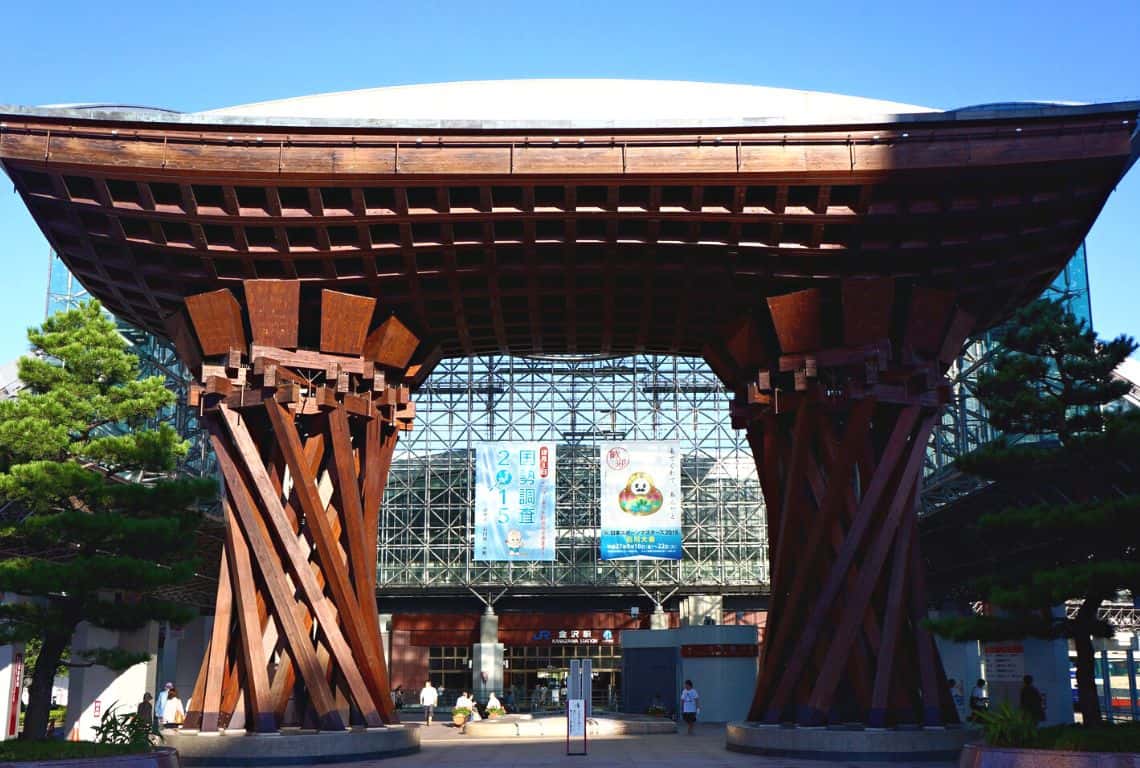
Kanazawa Station / One Day in Kanazawa
How to Get Around in Kanazawa
The best way to get around in Kanazawa is to use the buses. The following are two options that work well if you are visiting Kanazawa:
- JR Buses in Kanazawa
If you have a JR Pass then you should use JR Buses and the cost of your travel will be covered by the pass. When you arrive in Kanazawa, locate JR Office at the Kanazawa Station and pick up the JR Bus Routes and Timetables Booklet.
JR Buses depart from Kanazawa Station, terminal 4, located near the Kenrokuen Gate (East Gate). Look for white buses with blue trim and the JR symbol on the front.
JR Buses in Kanazawa have two routes: Korinbo (starts running from 6:45 am till 8:10 pm) and Owaricho (6:20 am to 9 pm). The buses leave from the station every 20 minutes and stop at all the major attractions.
- Kanazawa Loop Bus
The Kanazawa Loop Bus is another option to travel in Kanazawa. It is more frequent than JR Bus and it is reasonably priced. I recommend that you purchase the One Day Pass, which is very convenient as you can use it for the Kanazawa Loop Bus, the Kenrokuen Shuttle (which takes you to Kenrokuen Garden), and also all other bus routes within Kanazawa.
You can purchase the pass at Hokutestsu Ekimae Center – Kanazawa Kenrokuen Gate (East Entrance at Kanazawa Station) or you can purchase the pass from the Loop Bus driver once you board the bus.
The buses leave from terminal 7 located at the Kanazawa Station.
Where to Stay in Kanazawa
If you are planning on spending the night in Kanazawa then there are some good options worth checking out:
Onyado Nono Kanazawa would be my first choice! I have stayed at many hotels and this one is definitely a good one. First of all, the breakfast is great in terms of Japanese cuisine. The hotel also has so many amazing amenities with free noodles and popsicles at night for guests. The location is also perfect! Right within walking distance to Kanazawa castle park. And, did I mention onsen?
UAN Kanazawa is another great place to stay in Kanazawa. The location is excellent! However, what I liked is the traditional Japanese feeling about this place. The rooms are spacious and nicely designed. I think you will enjoy the reception area and the lounge. It is perfect for grabbing a bite to eat and relaxing.
Map of One Day Itinerary in Kanazawa
Map of One Day in Kanazawa
One Day in Kanazawa Itinerary (7 Things You Can't Miss)
Higashi Chaya District
I think that Higashi Chaya District is one of the most picturesque parts of Kanazawa. It is a part of Japan that is still untouched by time. You will feel like you stepped back in time when you are there.
First of all, ‘Chaya’ means tea house, and some of these traditional tea houses are still used as places of entertainment in Kanazawa.
Still even today, geisha perform dances and play traditional Japanese musical instruments, such as the shamisen (a three-stringed musical instrument), bamboo flute, and drum.
For one thing, Higashi Chaya District is a great place to just wander around for a while and soak up the ancient Japanese atmosphere.
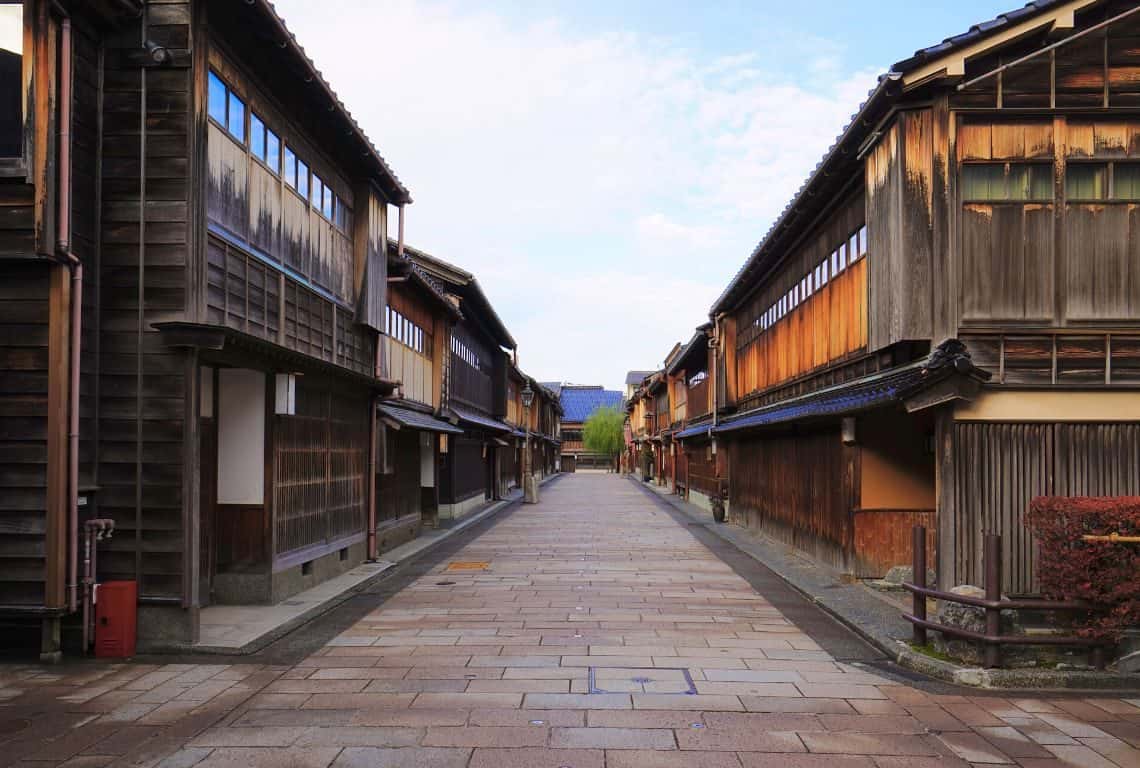
Higashi Chaya District / One Day in Kanazawa
As you are strolling around, you will notice that most of the streets in Higashi Chaya District are lined with wooden two-story buildings. The upper floors of the buildings are faced with sliding wooden shutters.
These shutters would be usually open if the party was happening inside.
The ground-floor levels are adorned with superbly fine latticework that is known as ‘Kaga lattice’
Interestingly enough, the construction of the tea house is very similar to the layout of the merchant house. However, unlike the merchant houses, where the second floor at the front was for storage, and thus very low, the second story of tea houses is much higher, because the upper floor was used as the main entertaining area.
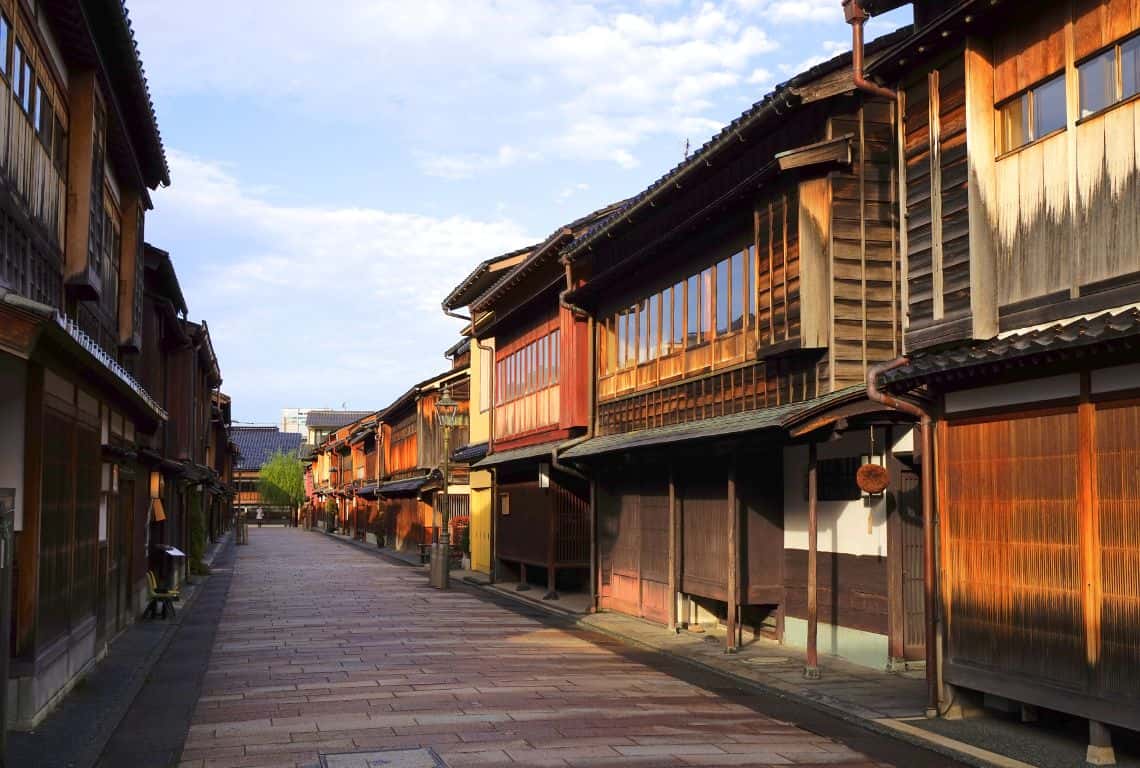
Higashi Chaya District / One Day in Kanazawa
The geisha areas were out of bounds to samurai. Conversely, they were patronized by rich merchants and artisans.
While it is no longer possible to see a samurai, Kanazawa is one of the few places in Japan where geisha still work.
The Meiji Restoration of the 1860s was the beginning of a period of major modernization and westernization in Japan.
In 1871, extensive reforms were passed and executed, abolishing the han system, and thus ending feudalism and the class system.
In 1876, samurai were banned from carrying swords, practically ending the legacy of the samurai.
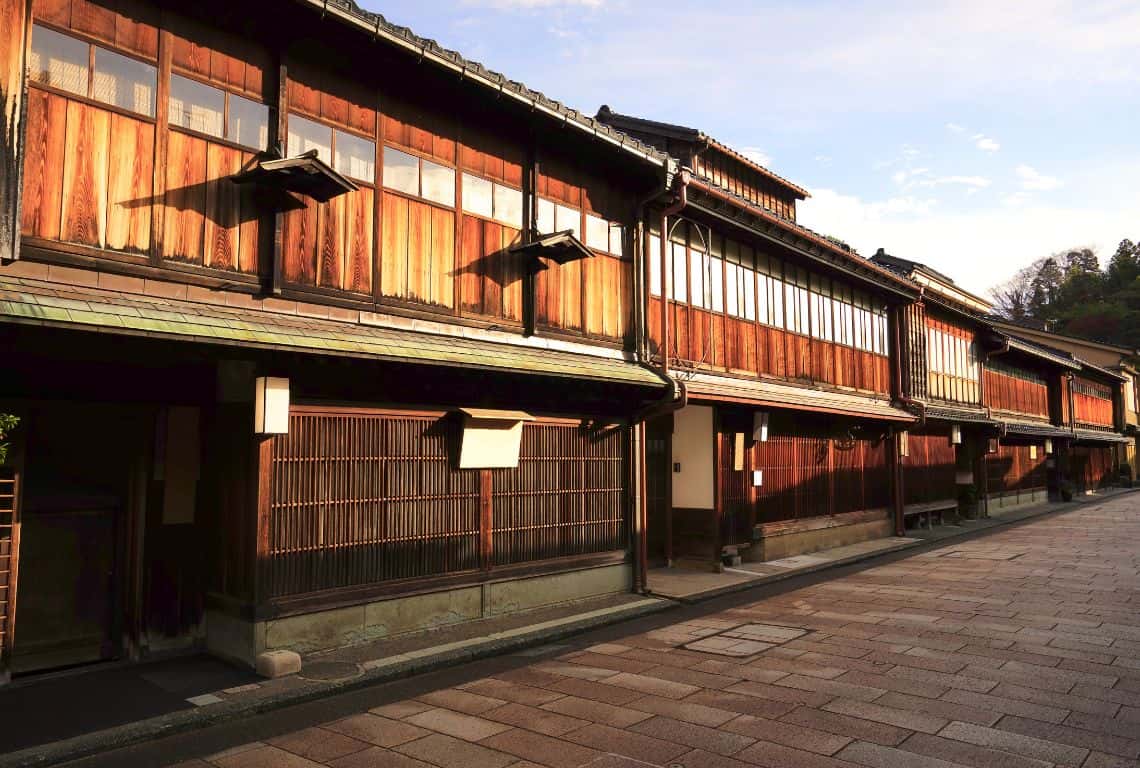
Higashi Chaya District / One Day in Kanazawa
Nowadays, many of the tea houses have been converted into cafes, restaurants, and boutiques however several are still used by geisha.
There are two places worth checking out in Higashi Chaya District:
- Kaikaro Tea House and
- Shima Tea House
Both are located on the main street in Higashi Chaya District.
Kaikaro Tea House in Higashi Chaya District
Kaikaro Tea House is the largest tea house in the Higashi Chaya District. It was built in 1820.
First of all, before you step inside, notice large, barred panels on the windows called kimusuko, that let in the sun but prevented outsiders from peeking in inside the building.
Kaikaro will offer you a rare chance to see the traditional tea house’s exquisite interior.
You enter through the wooden slide door and the first thing you will see is the vermilion-colored staircase.
Continue upstairs to view Ozashiki banquet rooms with lustrous red walls decorated with bold fusuma-e paintings.
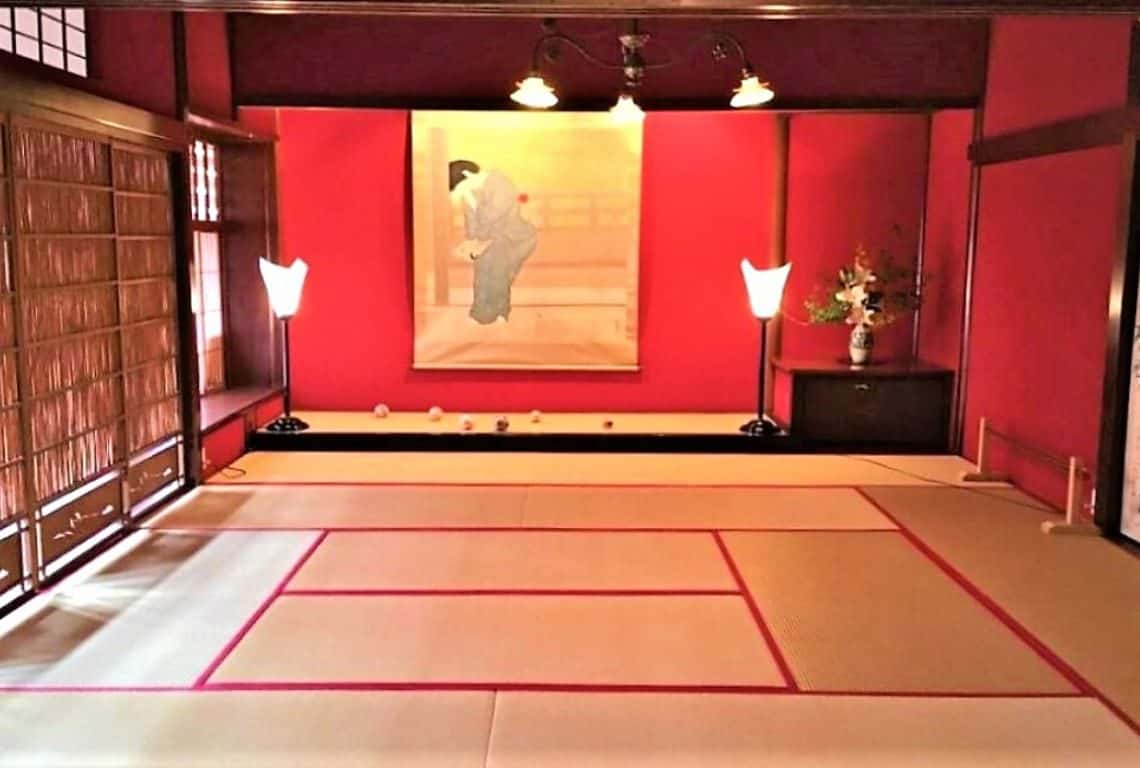
Kaikaro Tea House in Higashi Chaya District / One Day in Kanazawa
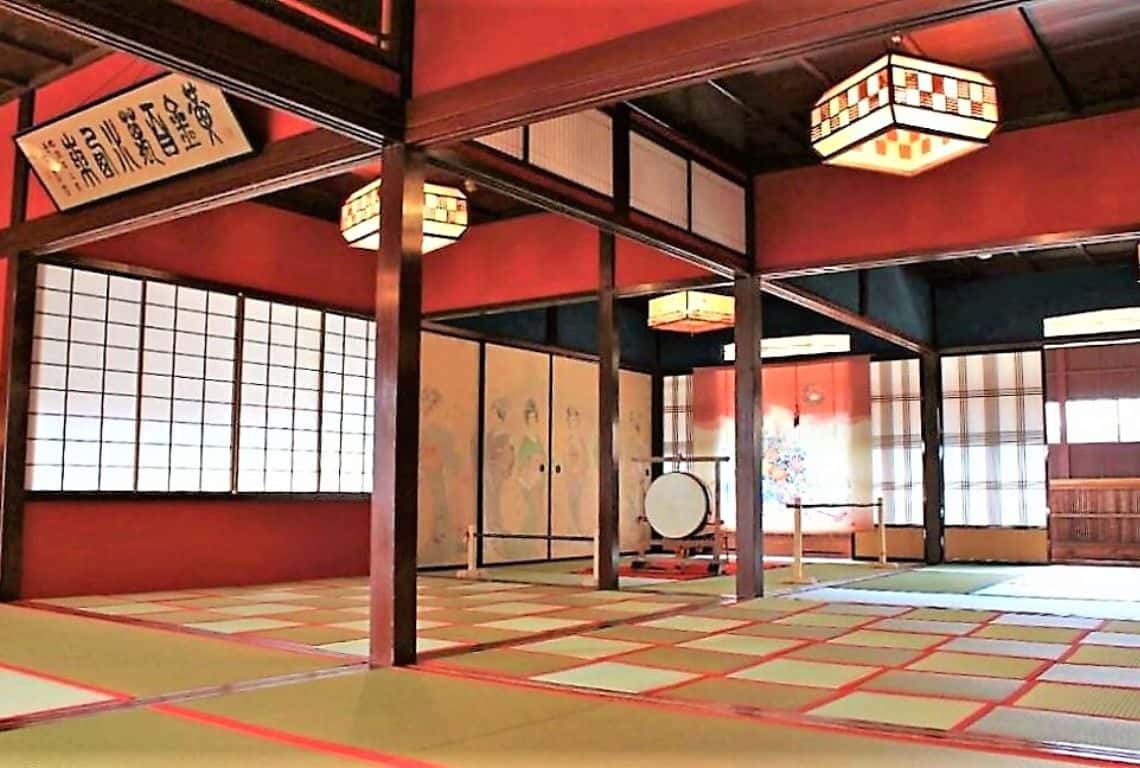
Kaikaro Tea House in Higashi Chaya District / One Day in Kanazawa
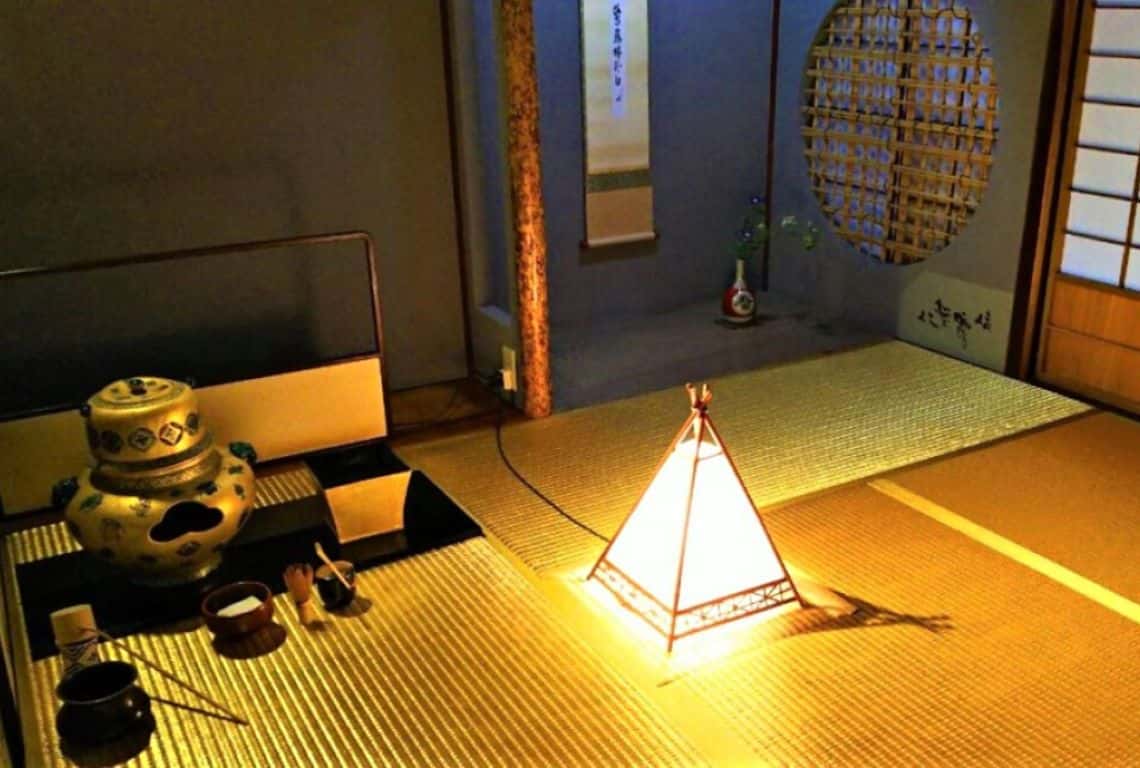
Kaikaro Tea House in Higashi Chaya District / One Day in Kanazawa
Book Enyukai Geisha Party offered by Kaikaro. It is one of the most unforgettable experiences that you will ever have. It consists of an hour and a half of dancing, music, conversation, and a full-course meal.
Shima Tea House in Higashi Chaya District
Shima Tea House catered to the upper-class merchants of the Edo Period.
It is fascinating to tour the geisha’s private quarters in Shima Tea House. They are all located in the front of the house. You will get to see where geishas used to put their makeup on and prepare to meet their guests. In addition, you will see a great collection of accessories used at that time.
Right next to the geisha quarters, you can view the reception room and the office, where the okami-san, the mistress of the house, kept her records.
The rooms for entertaining guests are all located on the second floor.
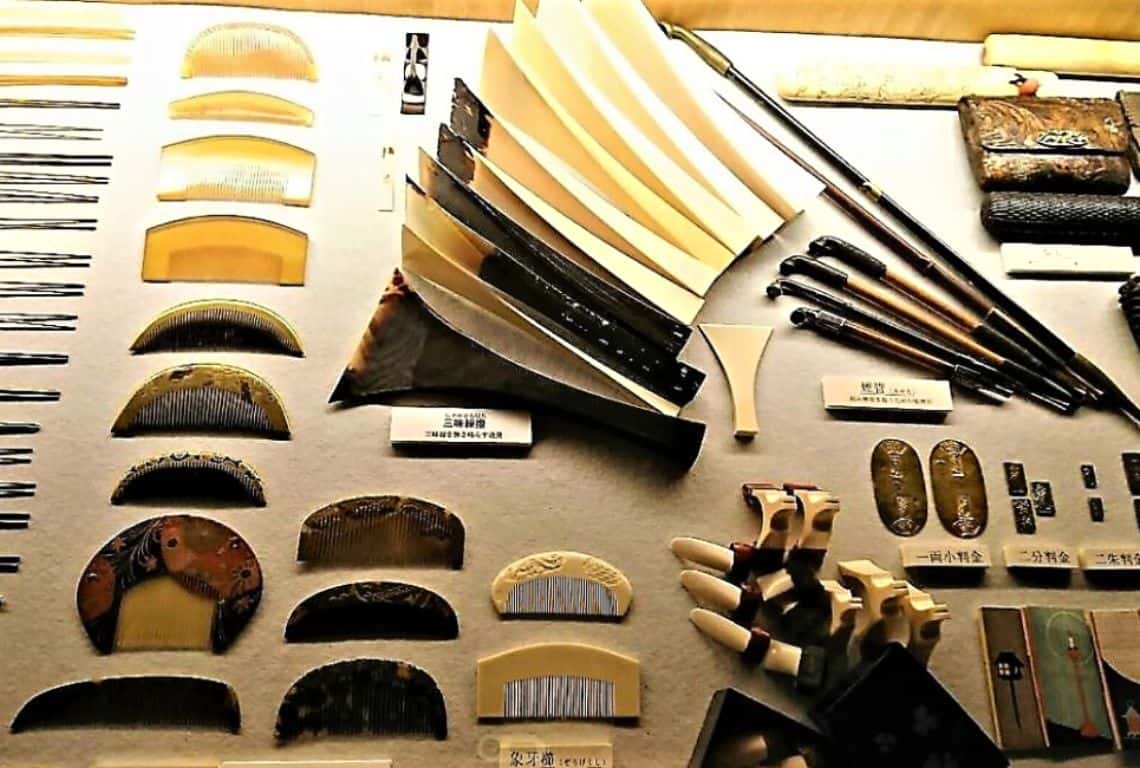
Shima Tea House in Higashi Chaya District / One Day in Kanazawa
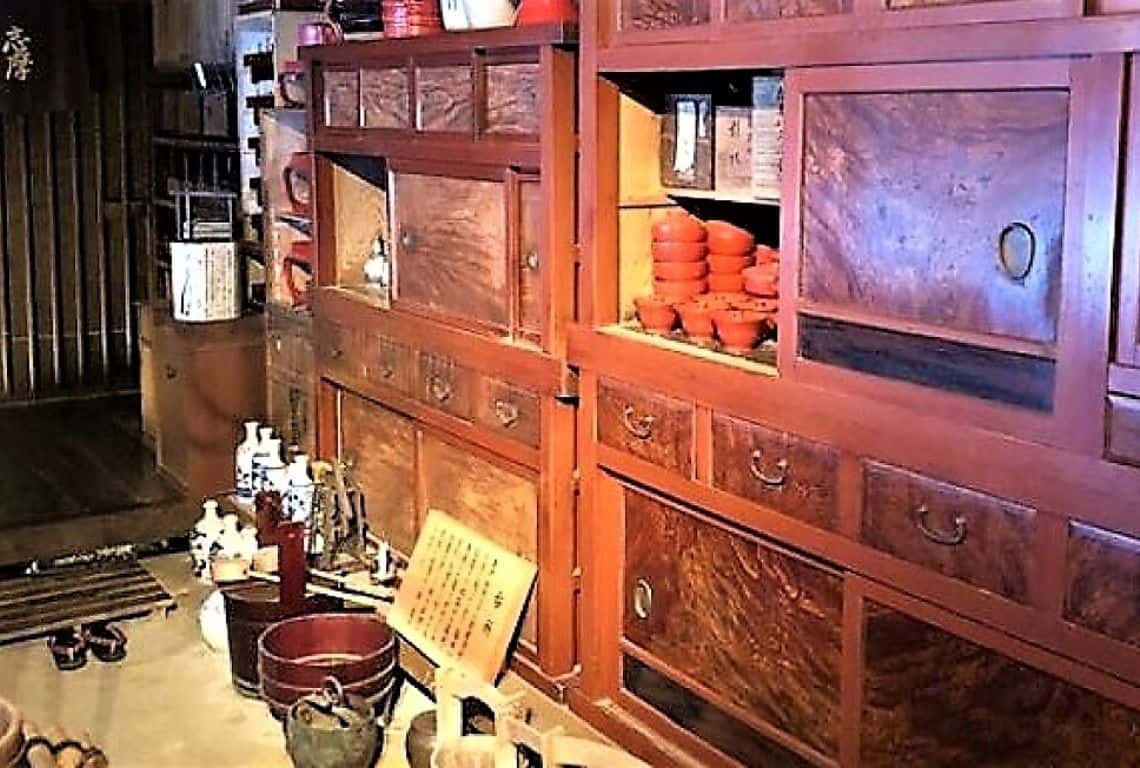
Shima Tea House in Higashi Chaya District / One Day in Kanazawa
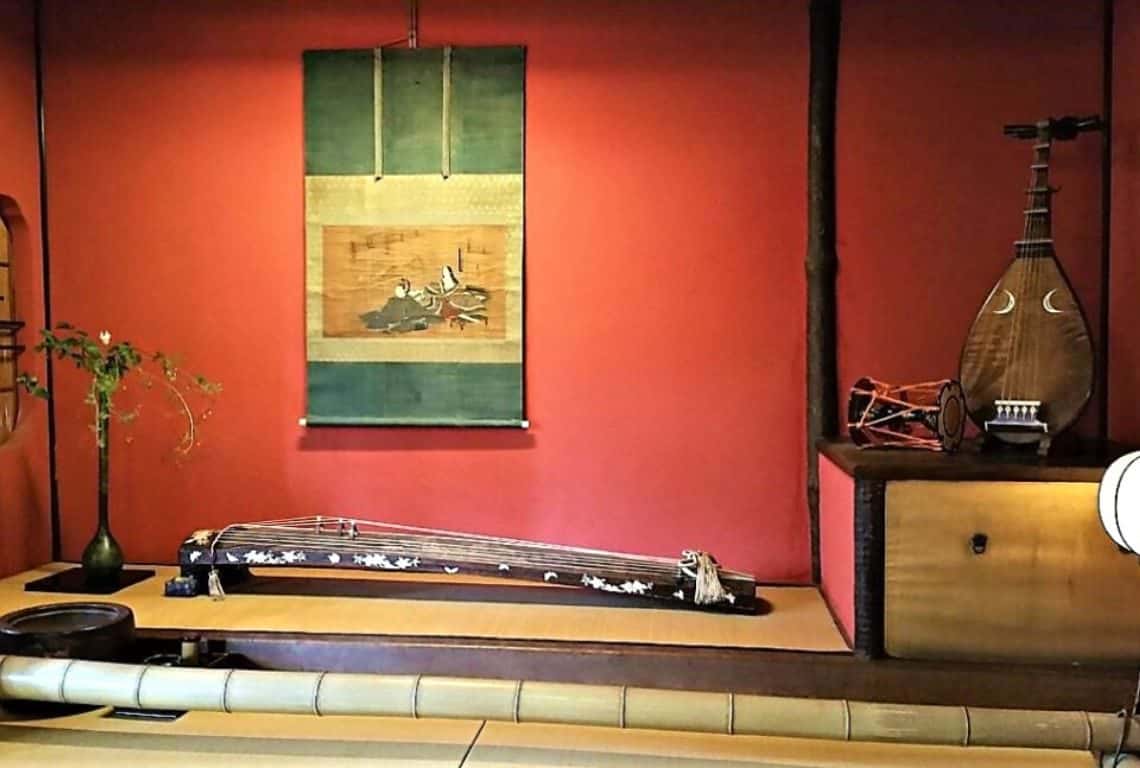
Shima Tea House in Higashi Chaya District / One Day in Kanazawa
Gold Leaf Museum
Visiting Gold Leaf Museum is one of the most fascinating things to do in Kanazawa. You will learn all about the gold leaf manufacturing process, the history of gold leaf, and its uses.
Gold leaf is made by mixing a small amount of silver and copper with pure gold to make it into an alloy.
The mixture is put in between two pieces of paper, and, then, it is hammered to make it into an extremely thin sheet. As a result, the finished gold leaf is only 1/10,000th mm thick.
Considering this, it is hard to imagine how labor-intensive this process was before mechanization.
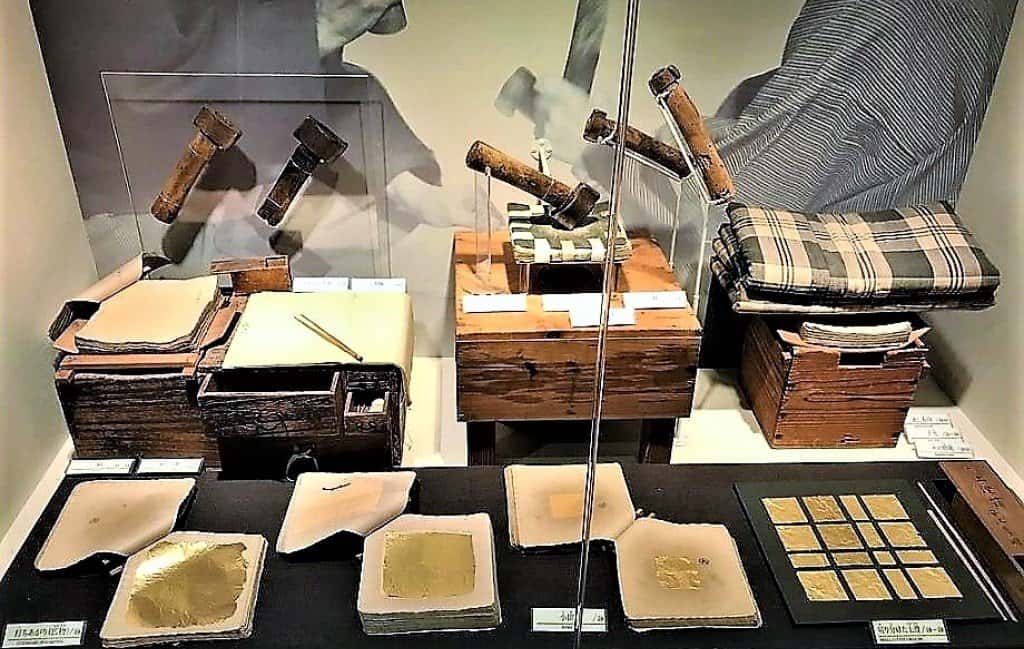
Gold Leaf Museum / One Day in Kanazawa
The gold leaf sheets have many uses, primarily they are used for decoration.
The technique of producing gold leaf was imported from China during the late Nara Period or the early Heian Period (ca 800), and it is estimated that it was brought to feudal lord Toshiie Maeda in 1593.
Maeda proceeded to order craftsmen of the Kaga region to produce gold leaf.
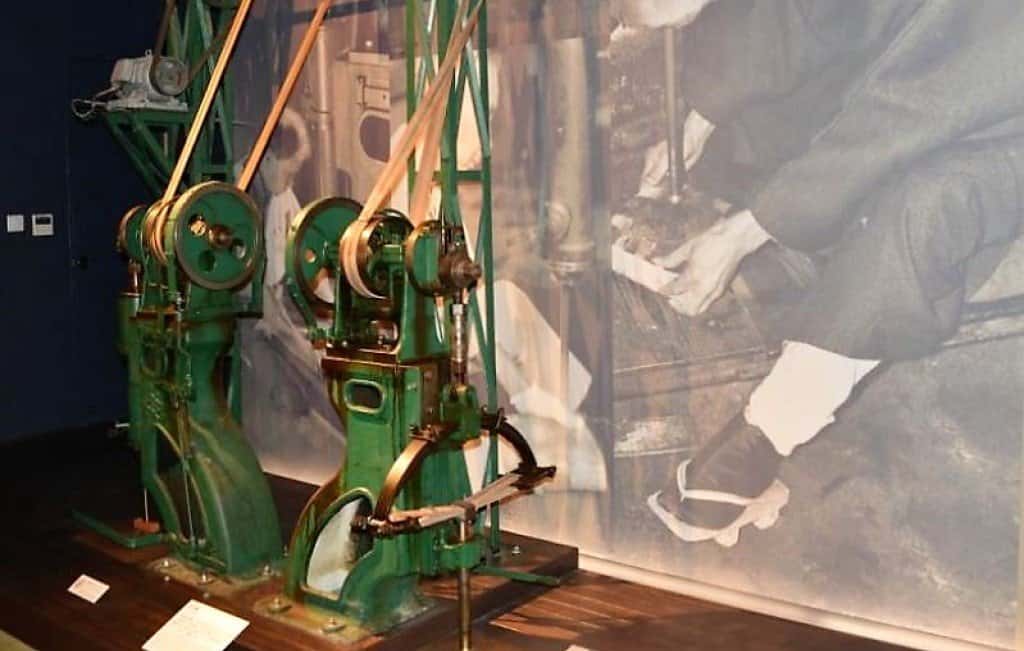
Gold Leaf Museum / One Day in Kanazawa
The museum is filled with gold beating tools and artistic handicraft articles collected by Komei Yasue, a famous gold leaf artisan.
It exhibits a large number of works including folding screens, Noh costumes, Kutani porcelain, a Kanazawa Buddhist altar, Kaga lacquer work, and Kaga incrustation work.
Notably, 99% of the gold leaf produced in Japan is made in Kanazawa.
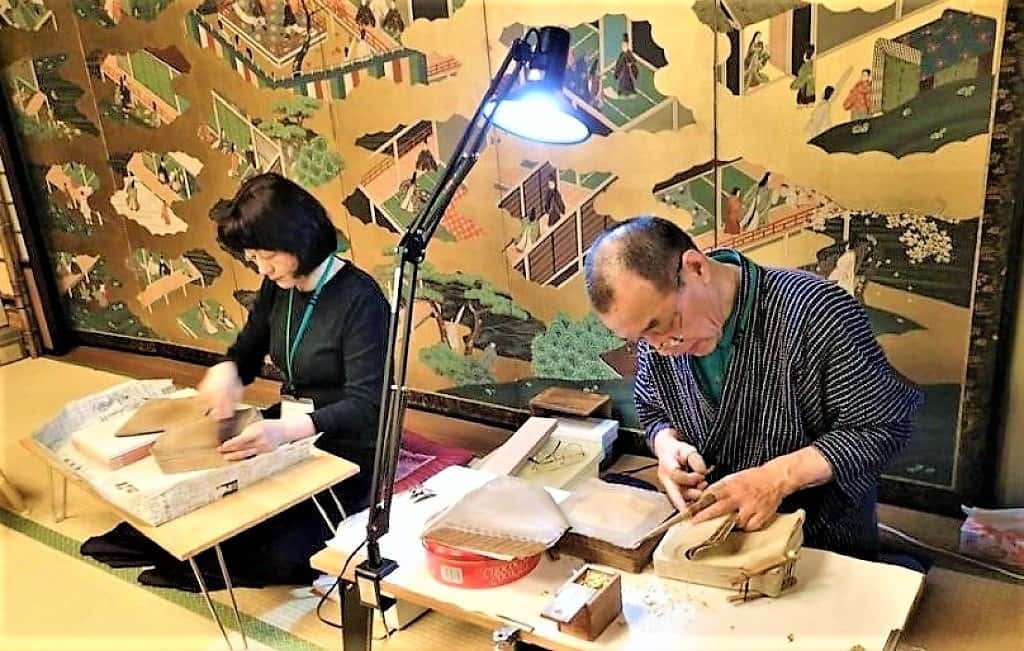
Gold Leaf Museum / One Day in Kanazawa
Kazue-machi Chaya District
Across the Asanogawa Ohashi Bridge from Higashi Chaya District is another tea house district you should not miss.
It is Kazue-machi Chaya District, a very picturesque and atmospheric neighborhood.
This area is one of my favorite places to visit while in Kanazawa. You will immediately notice that it is much quieter here and not as many tourists wandering around.

Kazue-machi Chaya District / One Day in Kanazawa
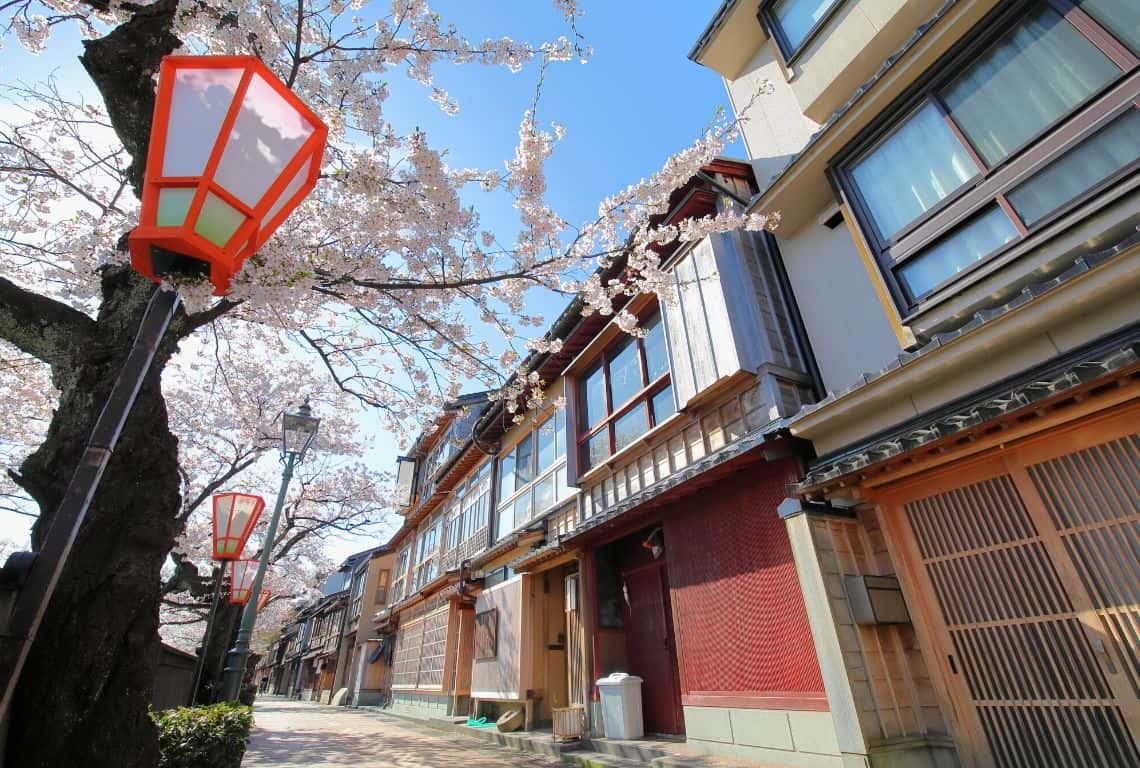
Kazue-machi Chaya District / One Day in Kanazawa
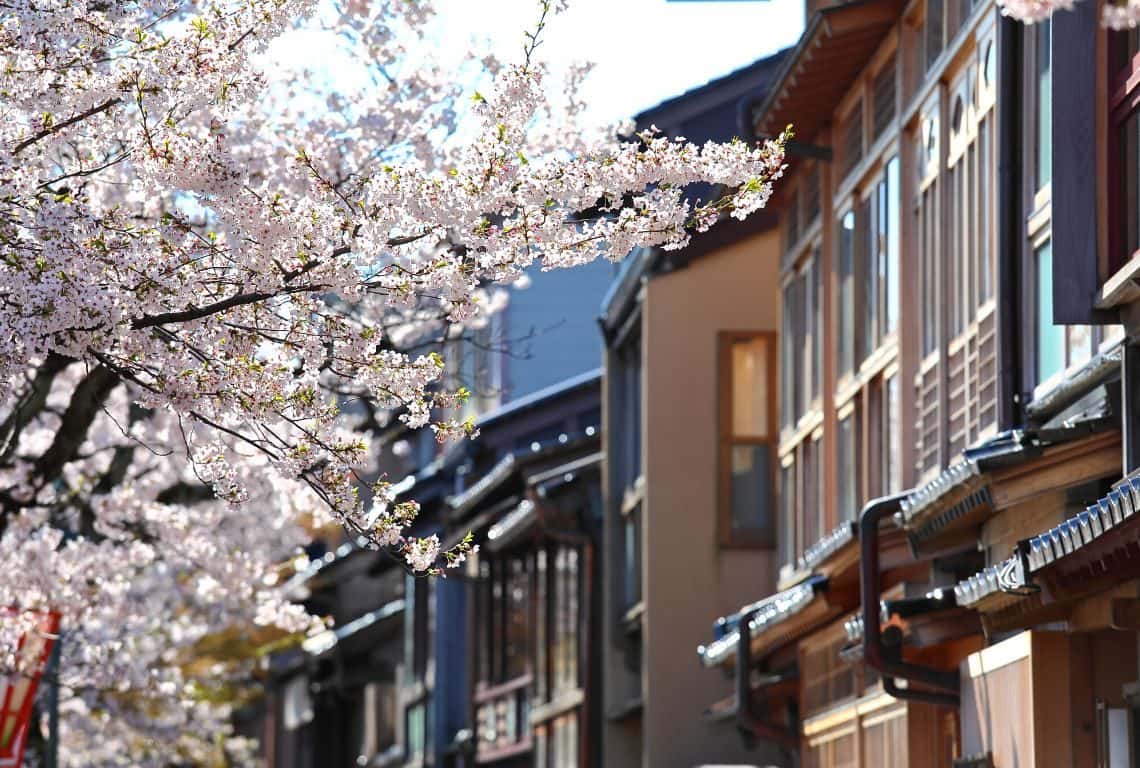
Kazue-machi Chaya District / One Day in Kanazawa
In the heart of Kazue-machi, you will come across Kuragarizaka (a dark slope), which connects to the Owari-cho hill area. It is a passage that served as an access route from the business district to the entertainment district.
This avenue was used by businessmen and merchants to conceal their movements during the Edo period, allowing a slick transition from the business world to the entertainment world.
Chaya Districts are equally stunning at night when the tea houses are illuminated. Just wander around and as the sun sets down keep an eye out for geisha.
Also, observe how Chaya Districts will slowly start coming alive in the dusk and the sounds of shamisen begin to be faintly heard.
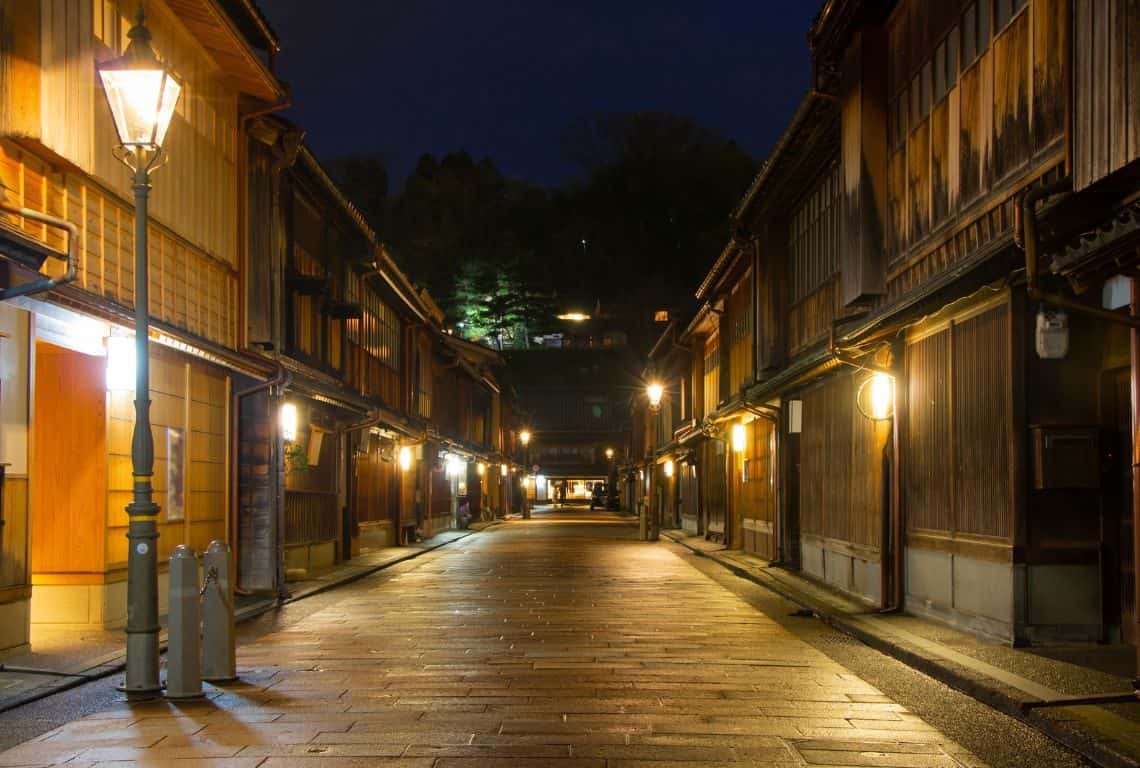
Kanazawa at Night / One Day in Kanazawa
Kanazawa Castle
The stunning white Kanazawa Castle sits on a hill that offers 360-degree views of the city. You will see from a distance its striking white tile roof made of weathered lead.
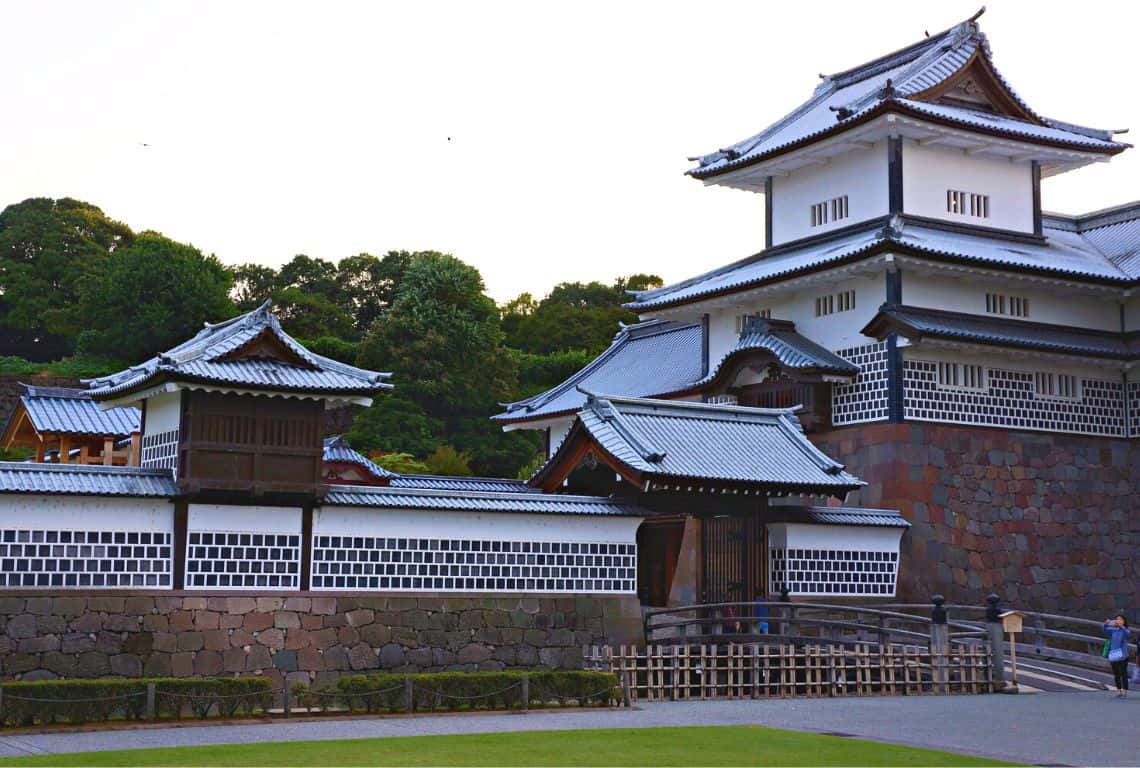
Kanazawa Castle / One Day in Kanazawa
Kanazawa Castle dates back to 1580 when Oda Nobunaga ordered his retainer, Sakuma Morimasa to build the castle. Yet, Oda Nobunaga did not get to reside in the castle.
In 1583 Maeda Toshiie claimed the castle and its grounds. And, from 1583 until the coming of the Meiji Restoration in 1871, Kanazawa Castle was the seat of power of the Maeda clan.
Many of Kanazawa Castle’s buildings were burnt down in repeated fires through the years, but several structures such as Ishikawamon Gate and Sanjikken Nagaya, are still standing.
In recent times there has been a project to rebuild the historic buildings of the former castle.
For example, Hishi Yagura Turret, which overlooks the northern approach to the castle, Hashizume-mon Tsuzuki Yagura Turret, which guards the entrance to the central area of the castle grounds, and Gojikken Nagaya Storehouse, which runs between the turrets were the first buildings to be reconstructed.
They were completely rebuilt to their original appearance using traditional techniques and materials and opened to the public in 2001.
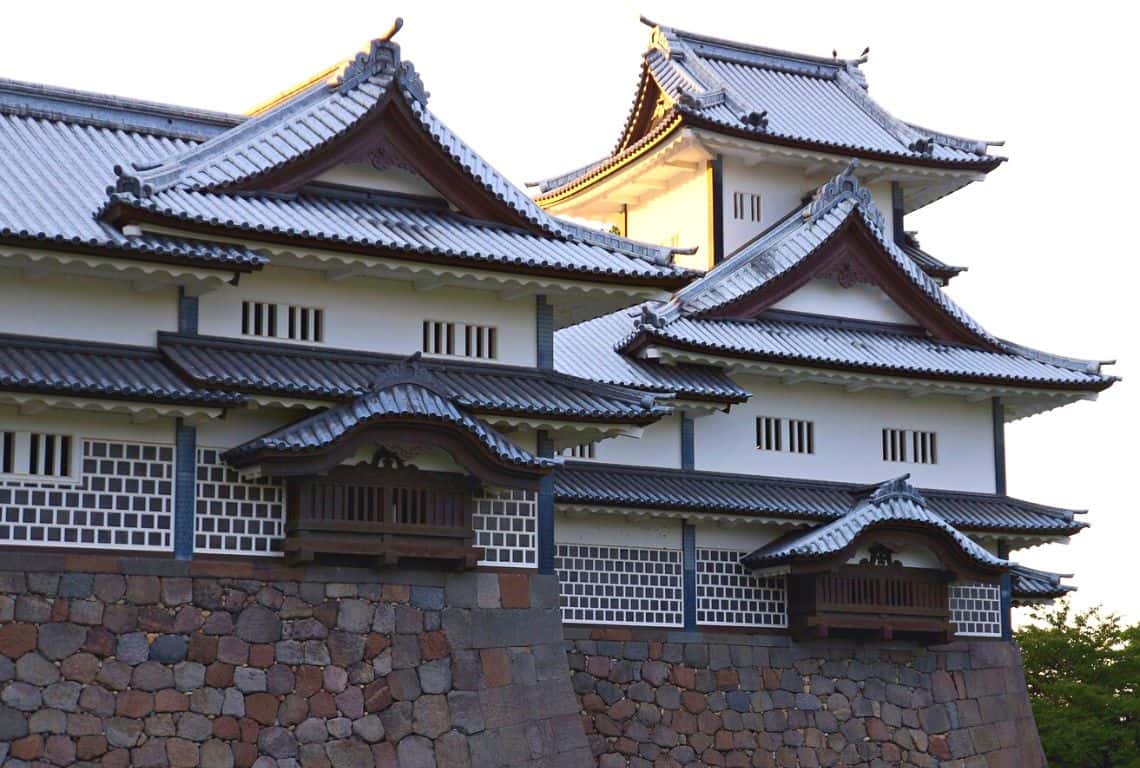
Kanazawa Castle / One Day in Kanazawa
Make sure to visit the turrets and the storehouse. It is fascinating to see how the buildings were restored using the traditional wooden construction method.
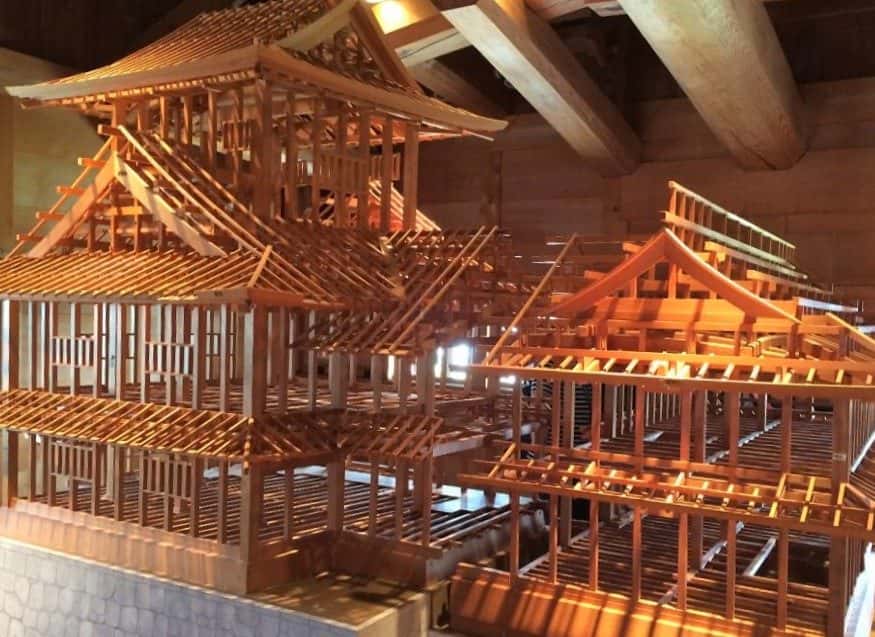
Kanazawa Castle / One Day in Kanazawa

Kanazawa Castle / One Day in Kanazawa
Admission to the castle grounds is free and it is open year-round. Opening hours are 7 am to 6 pm from March 1st to October 15th and 8 am to 5 pm from October 15th to the end of February.
Admission to the turrets and storehouse area is 310 yen. Opening hours are 9 am to 4:30 pm. It is open year-round.
Kenrokuen Garden
Kenrokuen Garden is ranked by the Japanese as one of the top three most beautiful gardens in Japan.
In my opinion, it is a must-see place for any visitor to Kanazawa and one of the best things to do in Kanazawa no matter when you are visiting. You will be amazed by the beauty of this place.
Kenrokuen Garden gives an impression of naturalness. Yet, do not be misled. There is nothing natural about it. Kenrokuen Garden is a result of two centuries of dexterous remodeling of nature by the master gardeners of the feudal era.
And the final result is an expression of idealized nature where various elements of vegetation and topography are incorporated to enchant and surprise the senses.
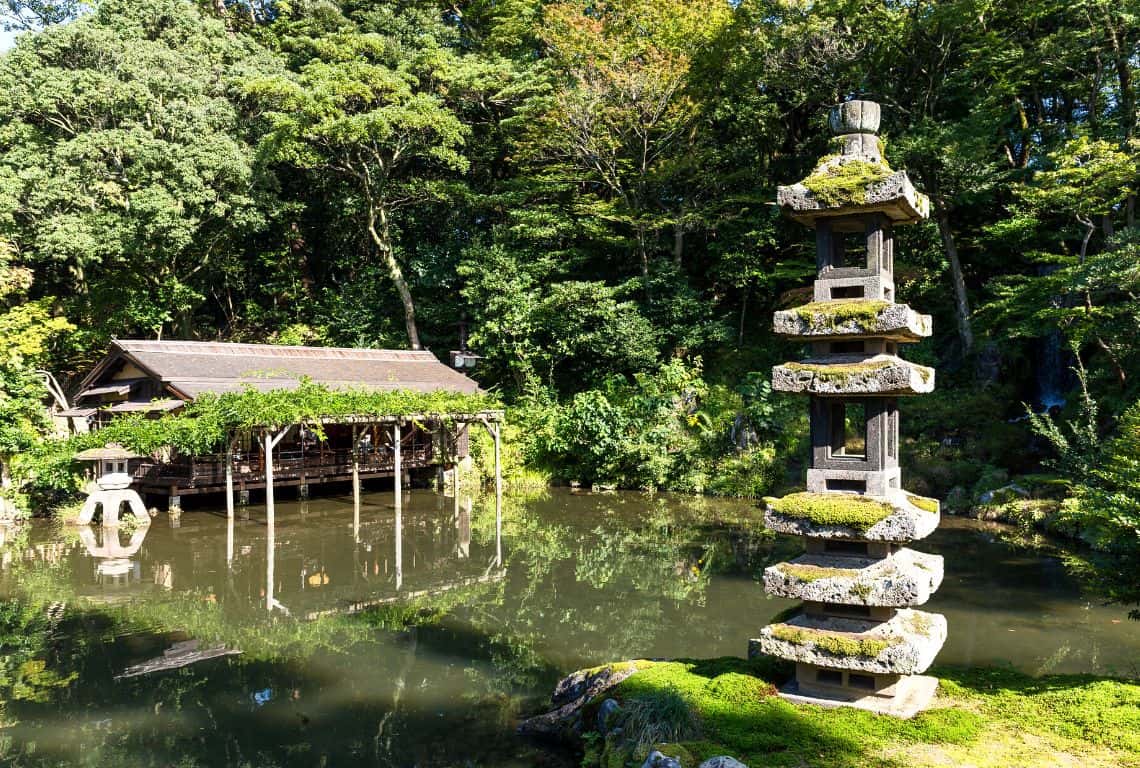
Kenrokuen Garden / One Day in Kanazawa
Make sure not to miss Fountain (Funsui). It is the oldest fountain in Japan.
Its water comes from Kasumigaike Pond, and it works by natural pressure caused by the difference in the levels of the two ponds.
Normally the fountain is 3.5 meters high, but its height changes depending on the surface level of Kasumigaike Pond.
Also, make sure to take a few pictures of the stone lantern.
Kotoji-toro stone lantern is the most famous structure in the garden. It is built with two legs to represent the bridge of a koto—a traditional Japanese stringed instrument similar to a harp. The lantern has come to symbolize the city of Kanazawa

Kanazawa Station / One Day in Kanazawa
Naga-machi Buke Yashiki District
Naga-machi Buke Yashiki District located in Kanazawa is the only samurai district still in existence in Japan.
To start your visit, take a stroll on the cobblestone streets and follow the path along the peaceful Onosho Canal.
The path is surrounded by old towering mud walls. The mud walls were made of mud mixed with gravel and then hardened. Today, the mud walls are covered with shingled roofs to shield them from the elements. In winter, they are protected with straw covers.
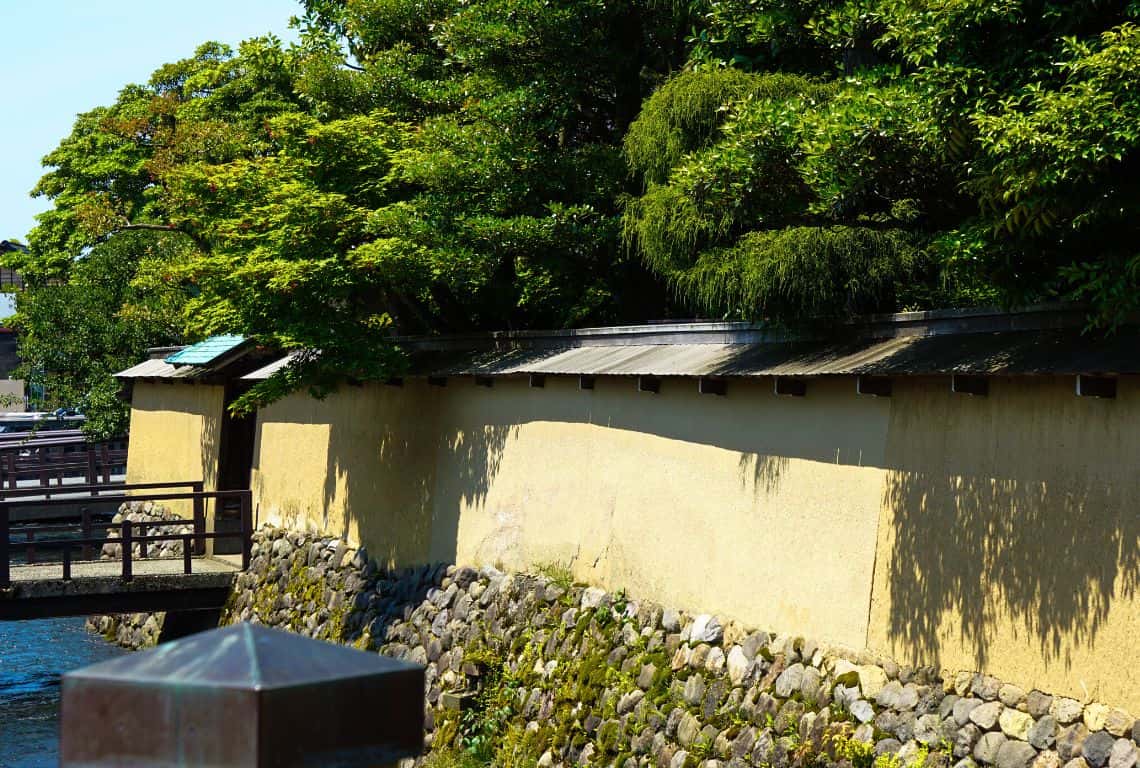
Naga-machi Buke Yashiki District / One Day in Kanazawa
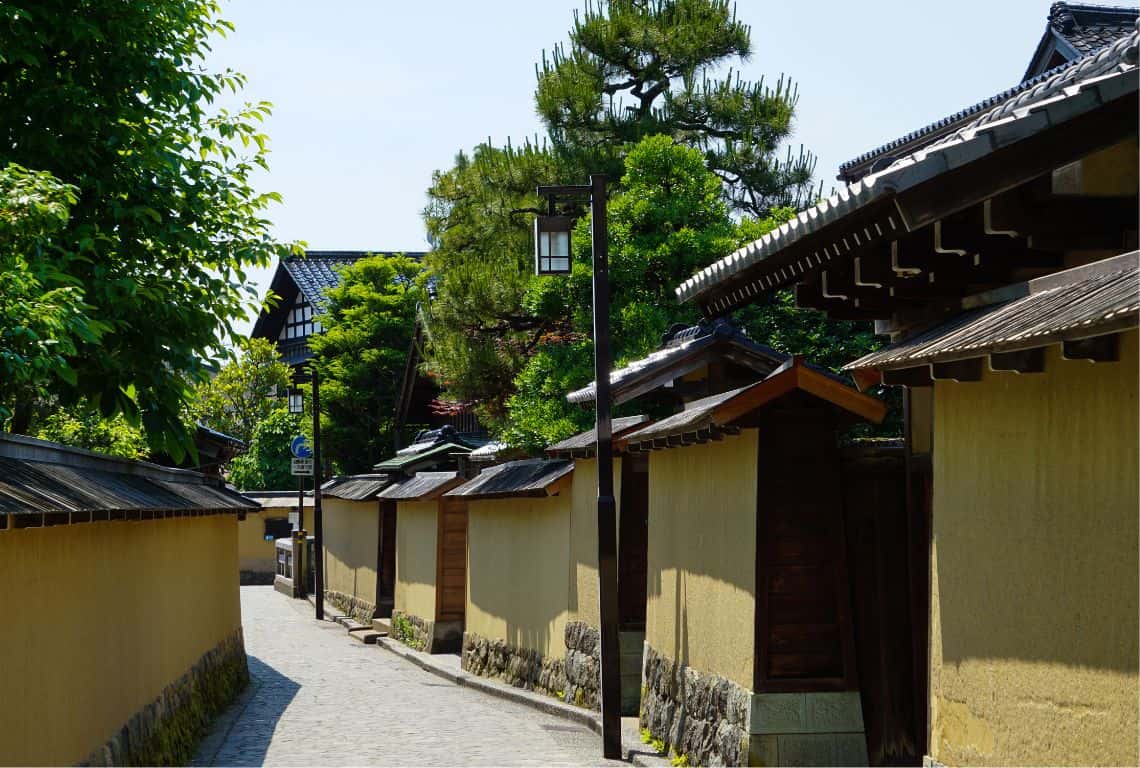
Naga-machi Buke Yashiki District / One Day in Kanazawa
The samurai who flourished in Kanazawa during the Edo Period (1603-1868) were almost nothing like samurai in the other parts of Japan.
Under the Maeda rule, the Edo Period was a peaceful, golden age. The samurai focused their attention and energy on scholarly pursuits and craftsmanship instead of military quests. They built and lived in beautiful residences with surrounded by opulent gardens.
One of the places worth visiting in Naga-machi Buke Yashiki District is Nomura Samurai House.
Nomura Samurai House
The Nomura Samurai House offers insight into the life of one of the highest-ranking samurai during the Edo Period.
And, the Nomura Samurai House was occupied for 11 generations by the Nomura family.
The drawing room of the Nomura Samurai House is made of Japanese cypress wood with elaborate designs in rosewood and ebony.
The alcove panel is made of a paulownia tree and every nail is kept out of sight with black persimmon wood.
Every sliding thick-paper door has a grand landscape drawn by Sasaki Senkei, who is highly ranked in the Kano School.
Personal effects of the Nomura family are displayed including a samurai outfit, swords, lacquer pieces, and the family altar.
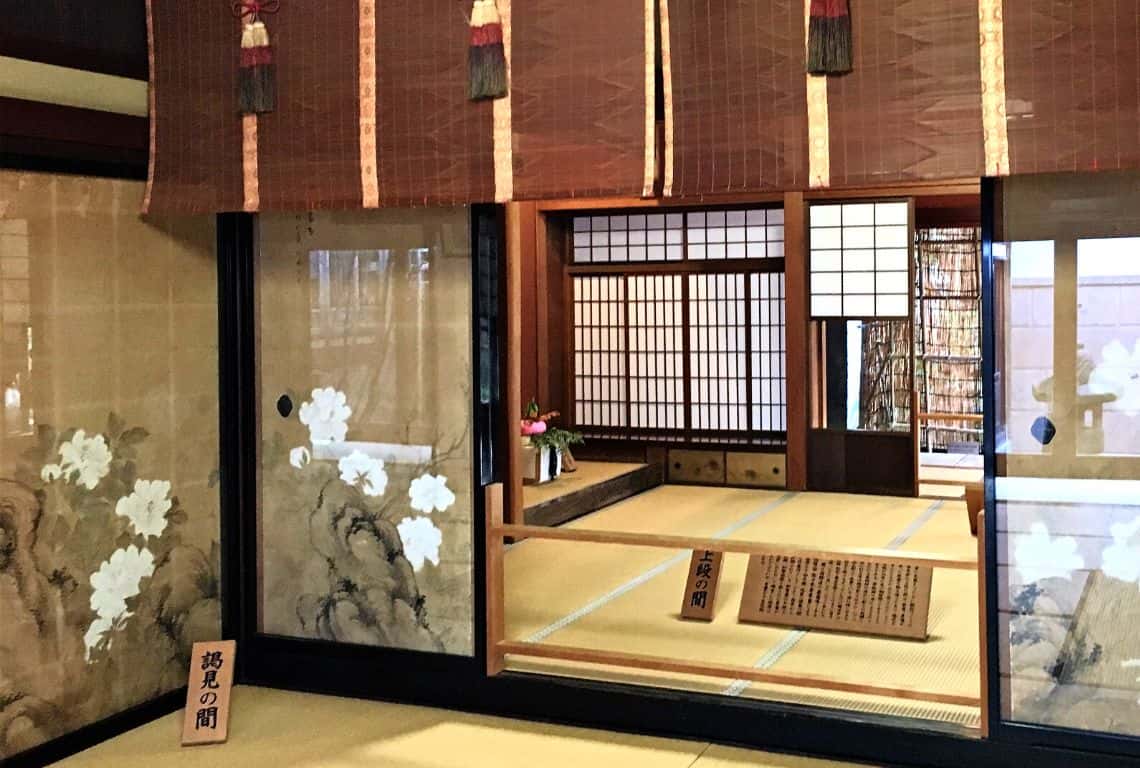
Nomura Samurai House / One Day in Kanazawa
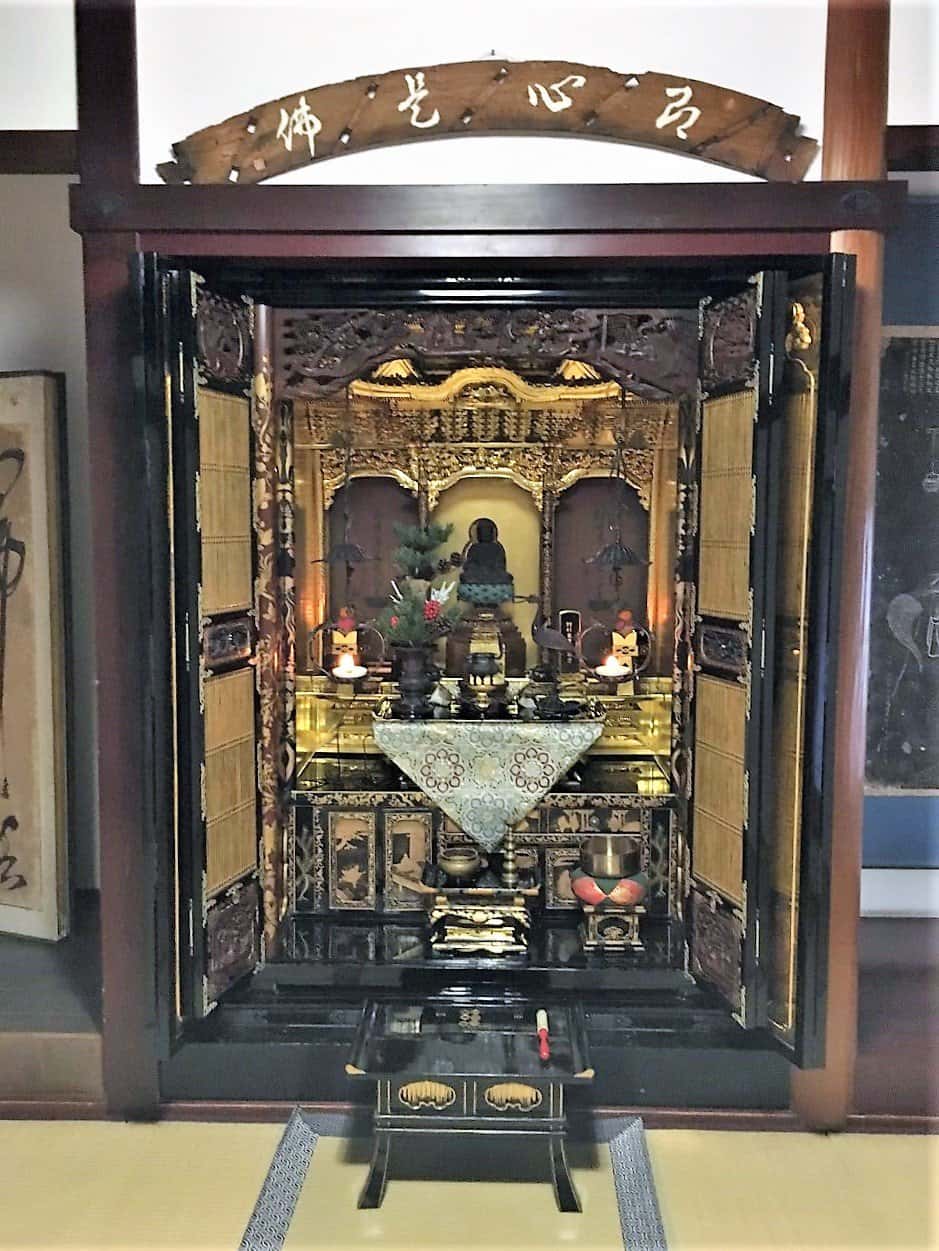
Nomura Samurai House / One Day in Kanazawa
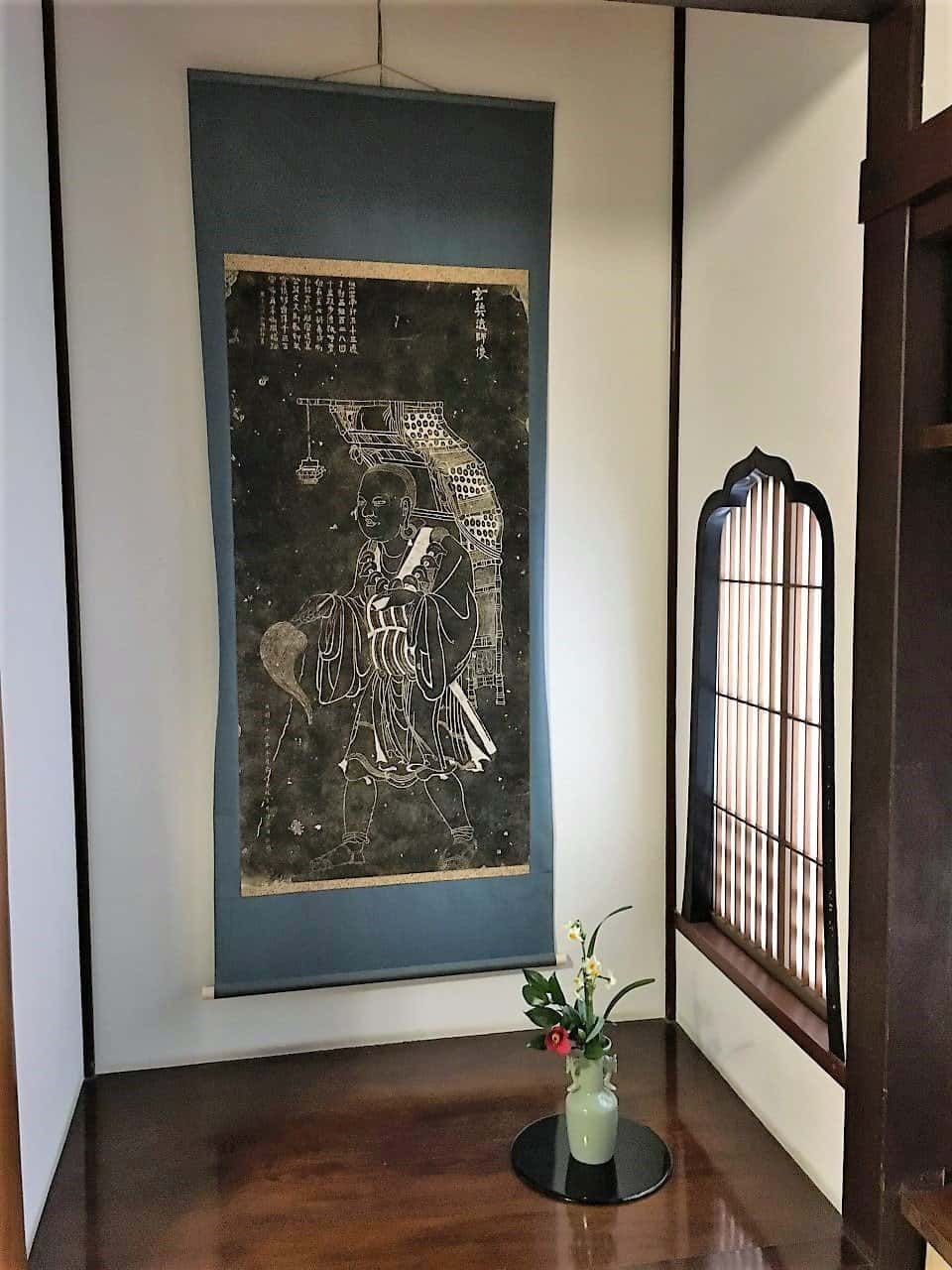
Nomura Samurai House / One Day in Kanazawa
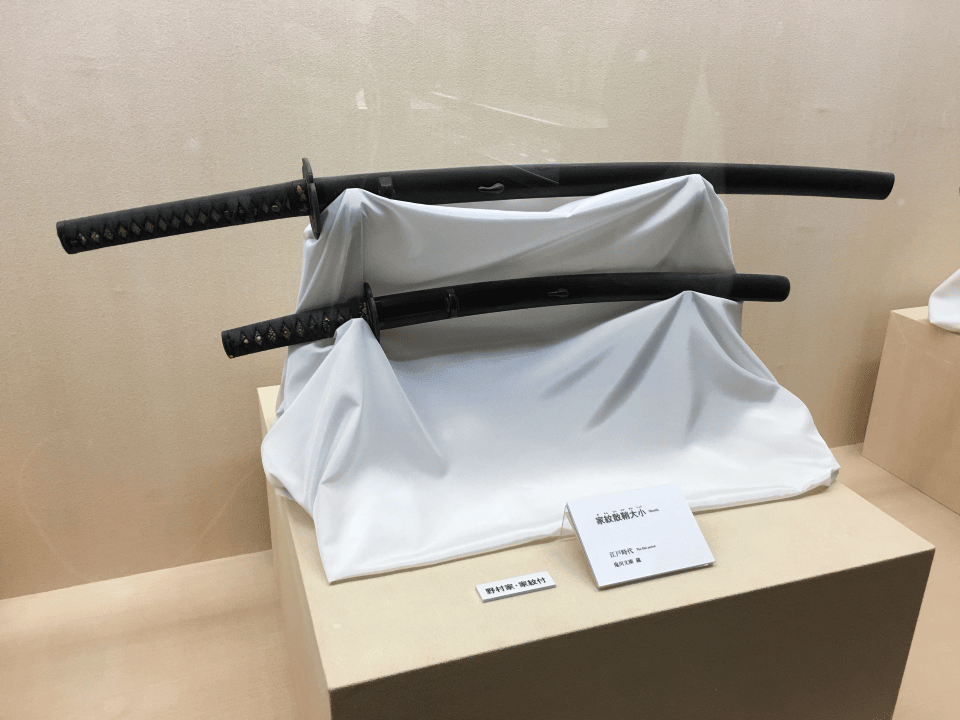
Nomura Samurai House / One Day in Kanazawa
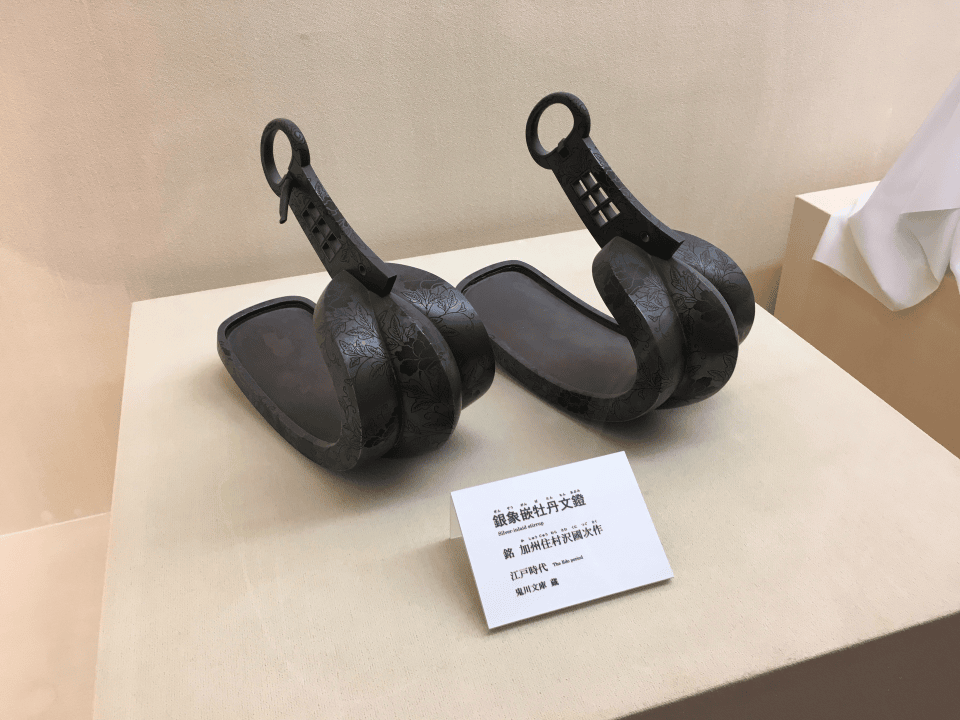
Nomura Samurai House / One Day in Kanazawa
If you step into the garden you will get to experience the so-called Kobori Enshu-style garden. It is beautiful and skillfully laid out.
A waterfall and a winding stream are running through several stones, a bridge made of cherry granite, and charming garden lanterns. In addition, there is a unique, more than 400-year-old myrica tree.
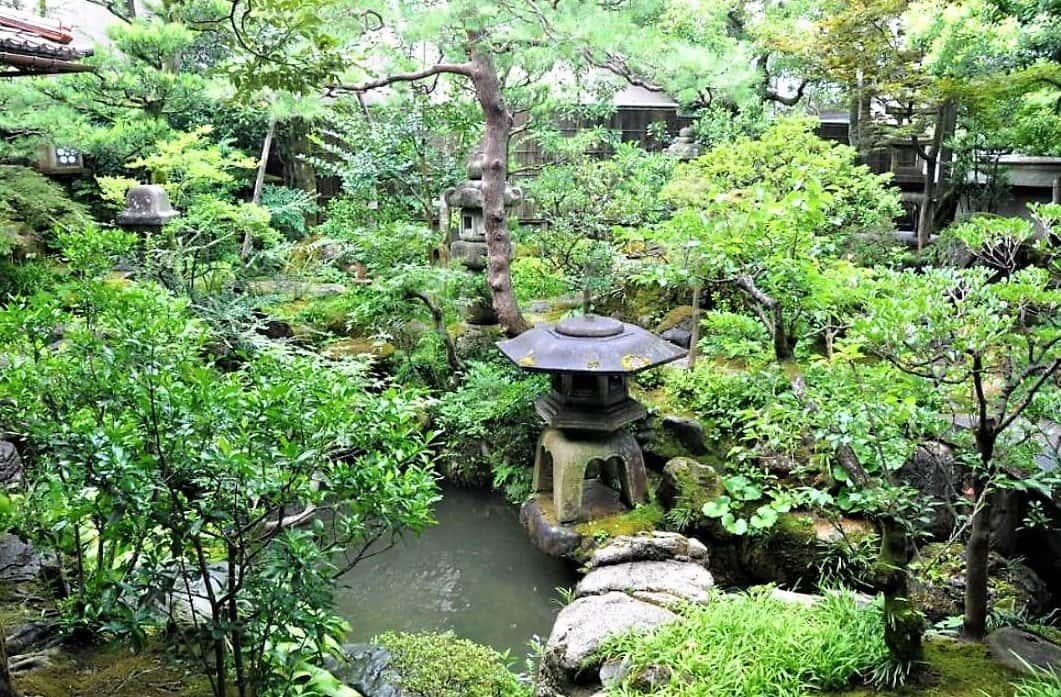
Nomura Samurai House / One Day in Kanazawa
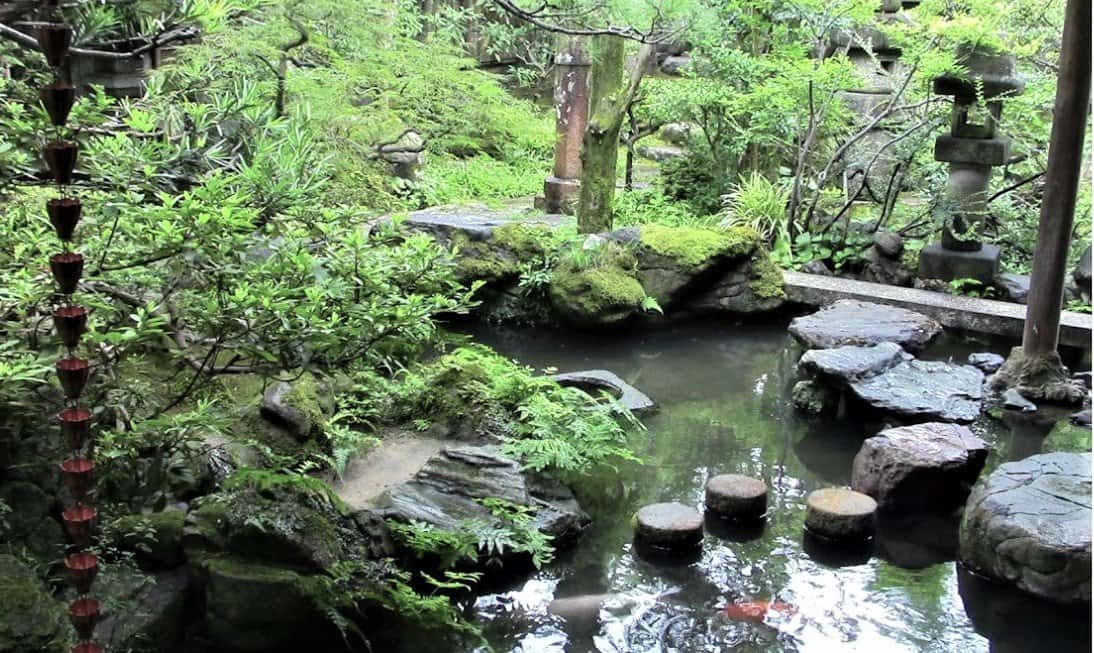
Nomura Samurai House / One Day in Kanazawa
Omi-cho Market
As Kanazawa is situated on the Japan Sea coast it is famous for its seafood.
A stroll through Omi-cho Market will give you an idea of the incredible and colorful variety of marine products available in this town.
Omi-cho Market has been in operation since 1721 and it is nicknamed “Kanazawa’s Kitchen”.
All in all, there are at least 186 different stores, selling seafood, fresh fruit and vegetables, and confectionery. There are also a number of grocery stores, clothing stores, flower stalls, and restaurants.
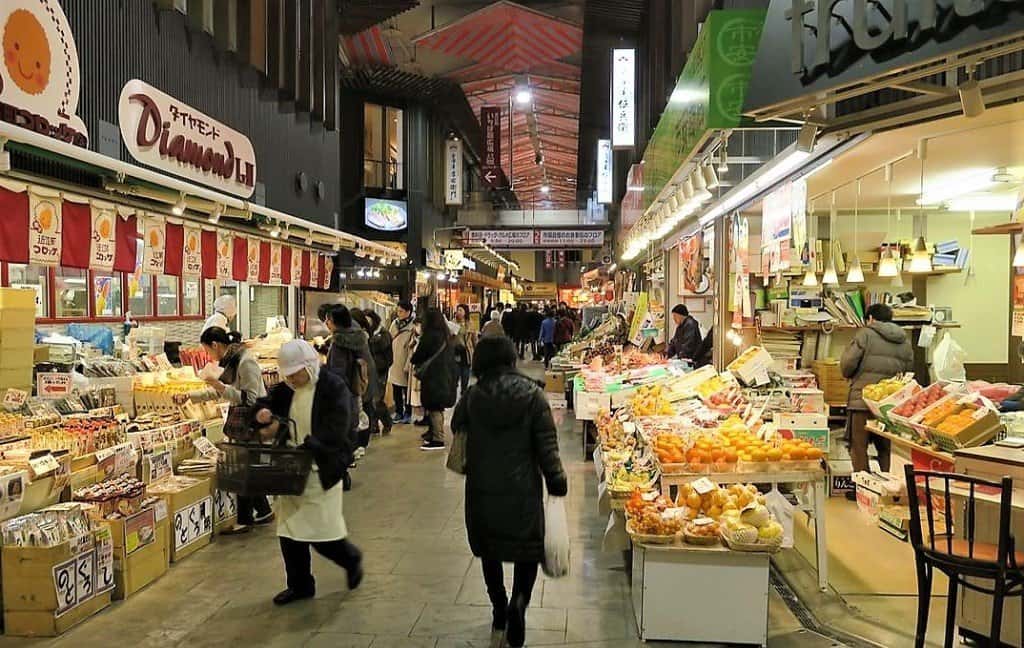
Omi-cho Market / One Day in Kanazawa
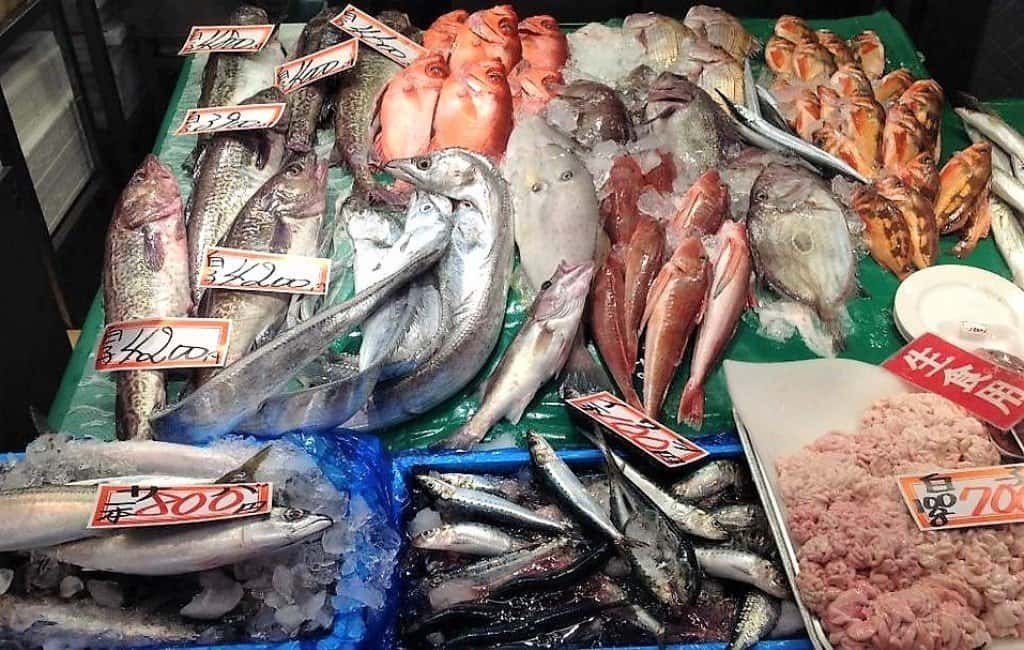
Omi-cho Market / One Day in Kanazawa

Omi-cho Market / One Day in Kanazawa
Intrepid Scout's Tips for One Day in Kanazawa
Kanazawa is a perfect destination for a day trip from Tokyo, Kyoto, or Osaka. And, it can be easily done!
The best time to visit Kanazawa is during spring. It looks spectacular with cherry blossoms. However, fall is just as stunning!
If you feel like it might be too difficult to navigate through Kanazawa and get to all the attractions, then look into joining one of the full-day tours in Kanazawa.
My recommendation is to check out Kanazawa Full-day Private Tour with Government Licensed Guide.
You will get the most out of this tour and your time in Kanazawa by exploring the city with a private guide. Potential places to visit include a traditional teahouse area—the Higashi Chaya District, Myoryuji Temple, Kanazawa Castle, and Oyama Shrine.
Another great place that I am recommending that you visit while in Japan is Arashiyama. Make sure to check out my post: 14 Unmissable Things to Do in Arashiyama, Kyoto
Here are Some More Useful Posts About Japan:
Amazing 3 DAYS in TOKYO (Thrilling Itinerary with 21 Stops)
Stunning Kasuga Taisha Shrine in Nara (7 Best Things to See)
WHAT to EAT at Osaka KUROMON MARKET – 10 Culinary Experiences You Can’t Miss
14 Amazing Things to Do in Arashiyama (Map+Useful Tips)
What to See at Nijo Castle in Kyoto (10 Top Things to Know)
Stunning Golden Pavilion in Kyoto (How to Visit and What to See)
Amazing Fushimi Inari Taisha in Kyoto (8 Things to Know Before You Visit)
First Visit to Kyoto – How to Visit and What to See (11 Things You Can’t Miss)
Did You Find One Day in Nara Useful?
Why Not Save One Day in Nara to Your Pinterest Board!
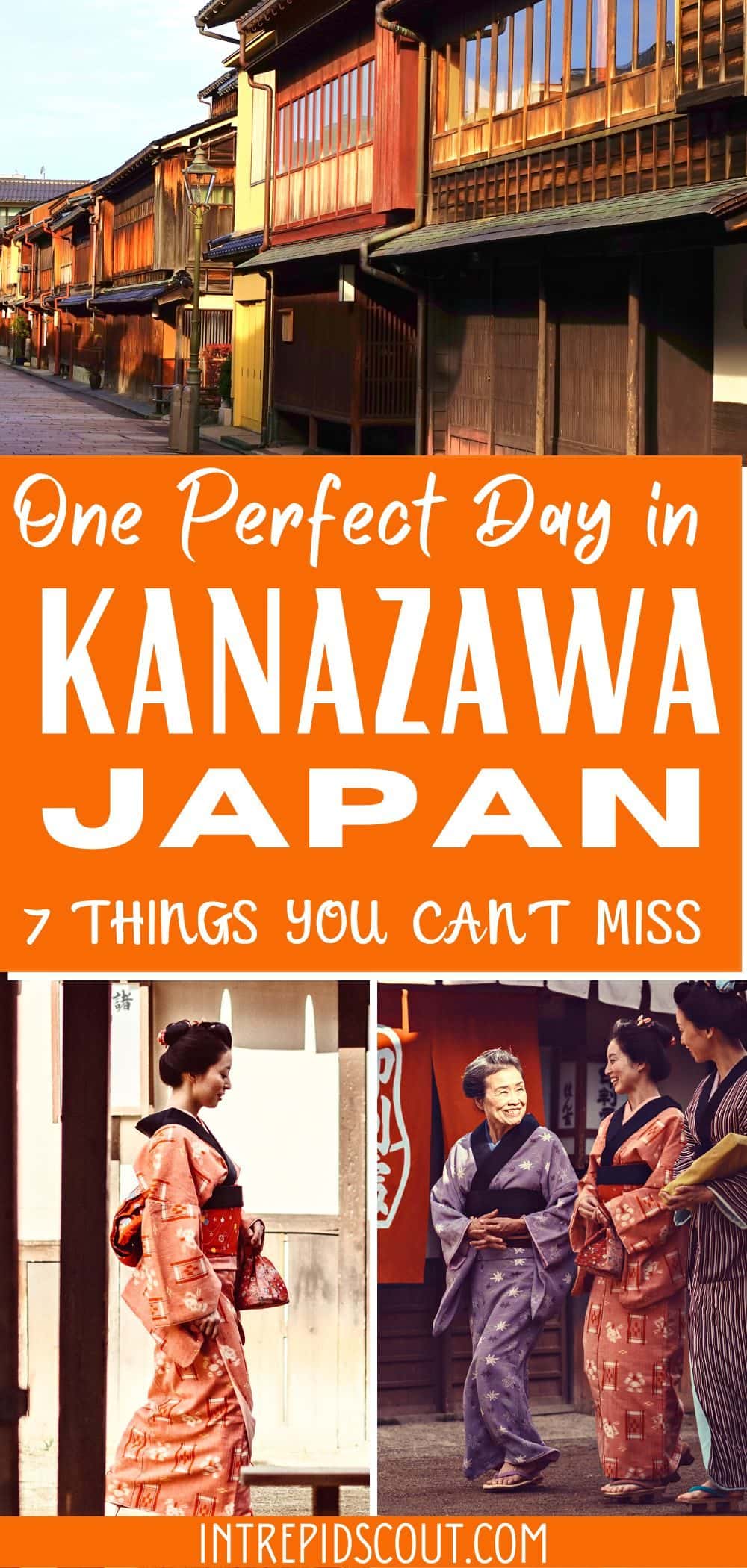
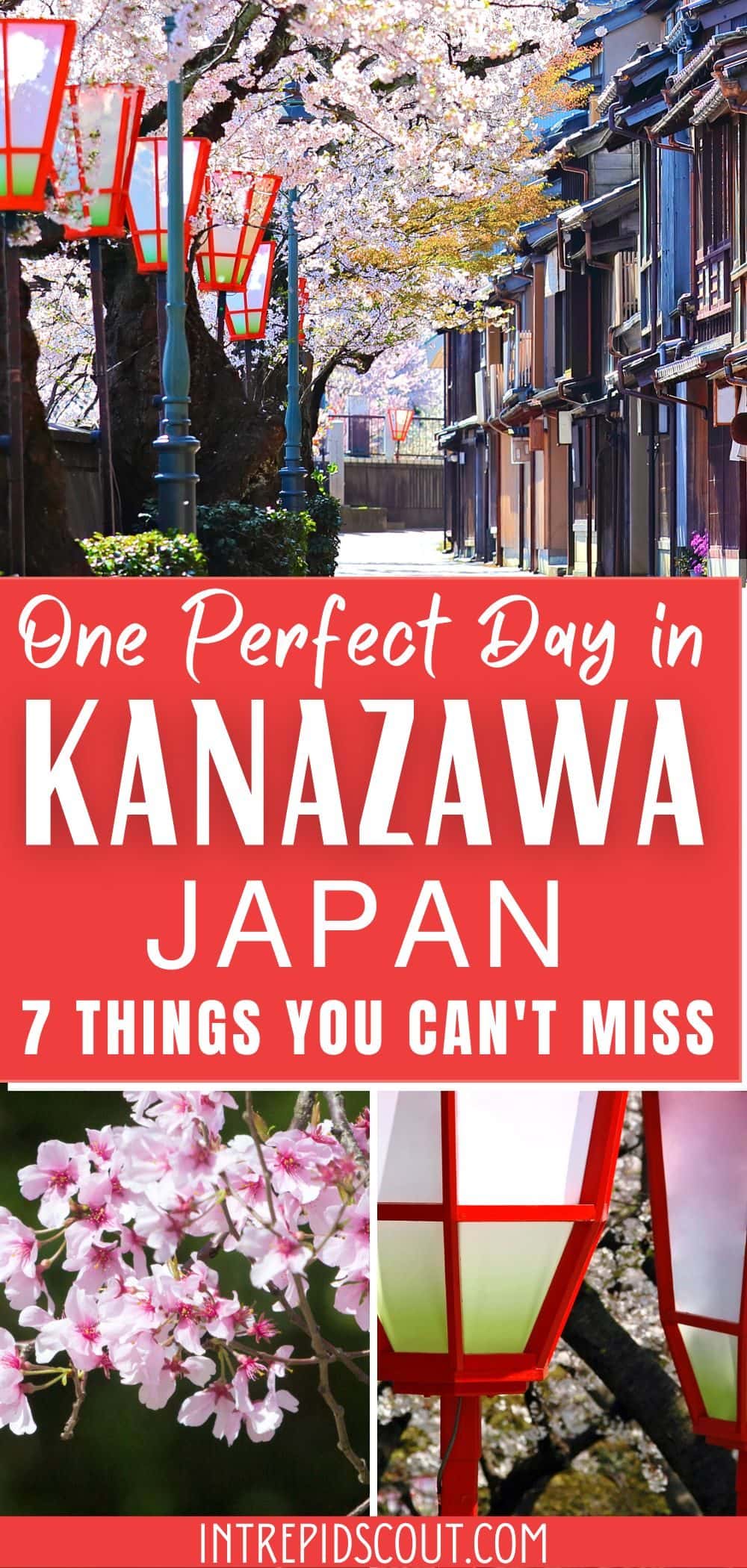
Now, It Is Your Turn, I Would Like to Hear Back from You!
Are you planning your trip to Kanazawa?
Please let me know! Drop me a quick comment right below!
Click on any of the images below to get inspired and to help you with the planning process for your trip to Kanazawa!
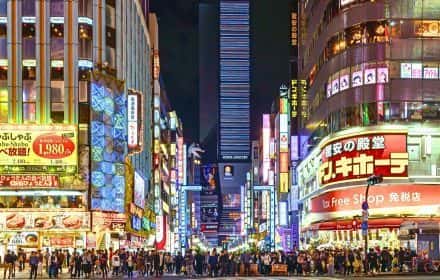
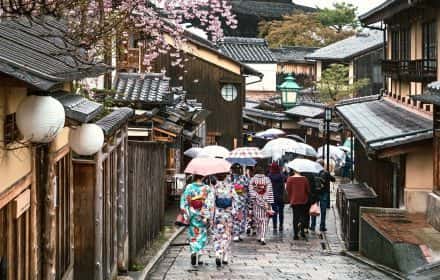
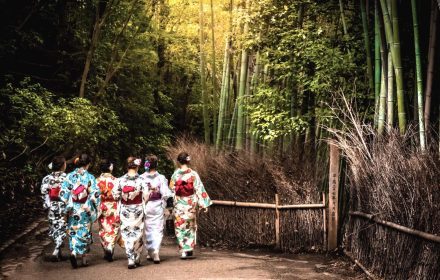
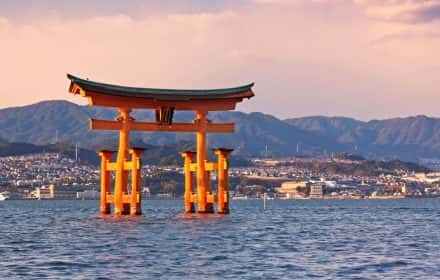
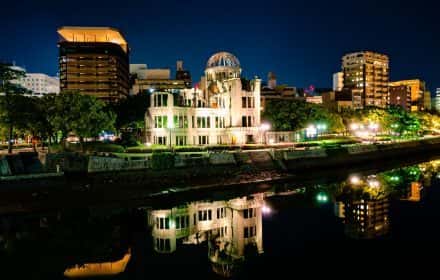
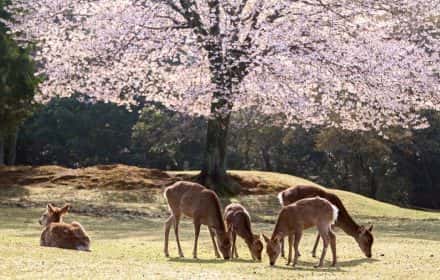
Comments:
45 thoughts on “Perfect ONE DAY in KANAZAWA – 7 Things to Do (BEST TRIP from Tokyo, Kyoto, or Osaka)”
Wow I like your blog as it is so informative, neat and easy access. Thanks for sharing about Japan, as it is one of my favorite countries. I believed you must have enjoyed your trip there 🙂
Hi Su,
Thank you for your compliments!
Japan is one of my favorite places as well. I really enjoyed visiting Japan. It is definitely on my list of places to explore again.
Anna
Nice post! Thank you for sharing
Thank you so much, Florencia!
Thanks for sharing. We also liked the D.T Suzuki museum.
Hello,
I have not visited the museum. Now, I added it to my list of places to visit in Kanazawa when I will be in the area again.
Thank you for mentioning it.
Anna, yet again another outstanding guide that has me totally hooked. Thank you for your diligence with the detail and inspirational with your suggestions. It is so on my list for our Japan trip. Might be a long trip. Kx
Thank you, Karen, for your kind comment!
Another excellent write-up on Japan and an area I had not visited. You have listed great tips and step by step guide to get to Kanazawa. Excellent post.
oh, thank you so much, Georgina!
Wow, great article. Didnt know much about kanazawa before, but now it is on my bucket list!
Thank you, Dillon!
This is such a great, detailed post! I’ve been to Kanazawa but wish I’d known about this post before going, I learned so much more!
Thank you so much Ciara!
I am embarrassed that I don’t know much about this city so thank you for sharing! Your photos (especially the ones with the snow) are stunning. Adding this to my bucket list for Japan!
Thank you so much!
It definitely looks like it has been frozen in time, keeping to the original architecture. I would love to visit a tea house and those castles are beautiful. This serves as a informative guide for those fortunate enough to visit here.
Thank you for your comment! I am definitely recommending Kanazawa! Great place to explore.
Oh my goodness the history to be seen here, Quite lovely, and the Gardens and Kanazawa Castle even more so.
Thank you, April!
The chaya districts look absolutely stunning, and so steeped in culture and tradition! Interestingly ‘chaya’ also means tea (just the beverage, not the tea house) in Hindi.
Oh how interesting! Thank you for sharing!
Cool! We’ve been to Japan once before, and we can’t wait to return! We’ll have to keep Kanazawa in mind for next year!
Hey Brianna,
Thank you for commenting! Oh, yes, definitely include Kanazawa in your Japan itinerary.
I’ve often said that Japan is a place I would love to travel to if ever given the chance. Thanks for sharing some insider fun on what one can do in Japan.
Thank you!
Japan is so beautiful. It’s a destination I’ve been dying to visit. I would now include Kanazawa into my itinerary after reading this post to my future trip! This was such a detailed guide and very helpful, thanks for sharing.
Thank you so much for your comment!
Another awesome Japan post Anna!
Oops. I pressed enter too soon! But I really loved this post!
I especially love that you could explore inside the samurai house and the geisha tea house. It`s like stepping back in time for both of them. The garden in the samurai house looks so calming.
p.s. I had no idea that Kanazawa is where most gold leaf was made in Japan, but I guess it makes sense when you think of the kanji!
Hey Josy,
Definitely a great place to explore! The last time I went, it was in January, I think. And, it was a major mistake. Kanazawa can be so very cold. It was snowing and absolutely freezing.
A very interesting part of Japan that I have not heard of before. Your detailed guide had me immersed in the culture of Kanazawa. I am fascinated by the lifestyle of the Geisha and that they still exist today. The Nomura Samurai House would be great to see too. I am pinning this for a future trip.
Thank you, Tania!
Beautiful post as always Anna! Very informative and its good to know that this can be access from Osaka. Thanks for sharing.
Thank you for your kind words April!!
Thanks for putting this on my radar! I’ve been to Japan almost ten times now and am always looking for new places to visit besides the popular tourist favorites. Love that it’s not too far nor too crazy expensive to travel to from Kyoto!
Hey Jas,
I am definitely recommending that you check out Kanazawa. Great place to explore!
I am reading about Kanazawa for the first time. Every place in Japan is so beautiful. I like your photos of Kenrokuen Garden and Kanazawa castle
Thank you so much for your comment, Nitin!
We’ve yet to visit Japan – it’s been on our bucket list for some time now! I know that whenever we plan our trip though, your detailed posts on Japan, including this one will really come in handy for our trip planning. Higashi Chaya looks so picturesque and I love the idea of wandering around there for that ‘Old Japan feeling’. Would love to experience the tea ceremony in Kaikaro Tea House! Thanks for inspiring me plan a trip to Japan soon through your beautiful posts on Japan.
Thank you so much for your comment, Aditi! You will love Japan!
It’s a great post and glad to know this place existed. I enjoyed reading about this one and if we ever happen to go to Japan we might include this in our itinerary.
Thank you for your comment, April!
Wow those tea houses look so nice. I went to the higashi chayagai. But never went inside a tea house.
Thank you for your comment, Lena!